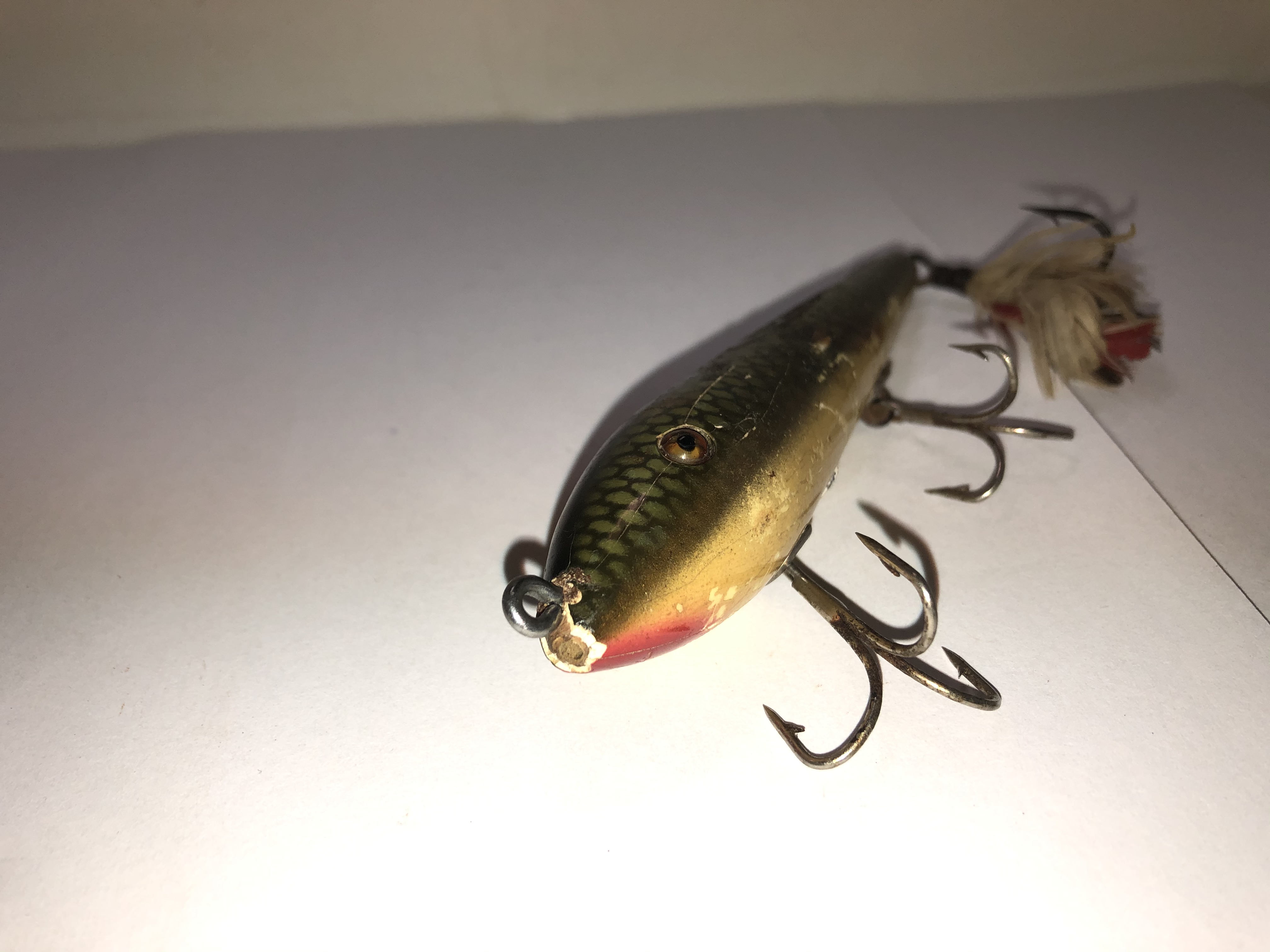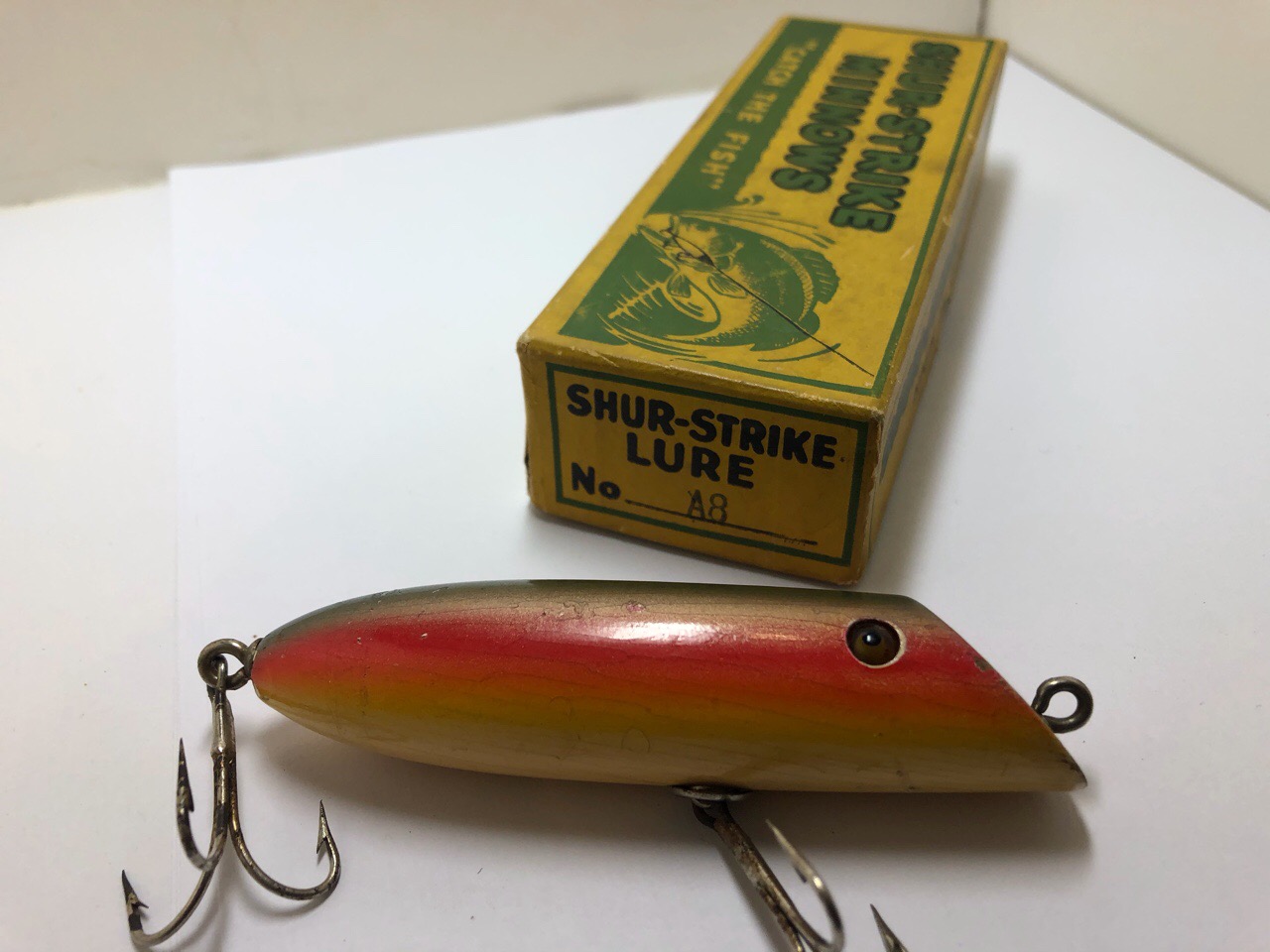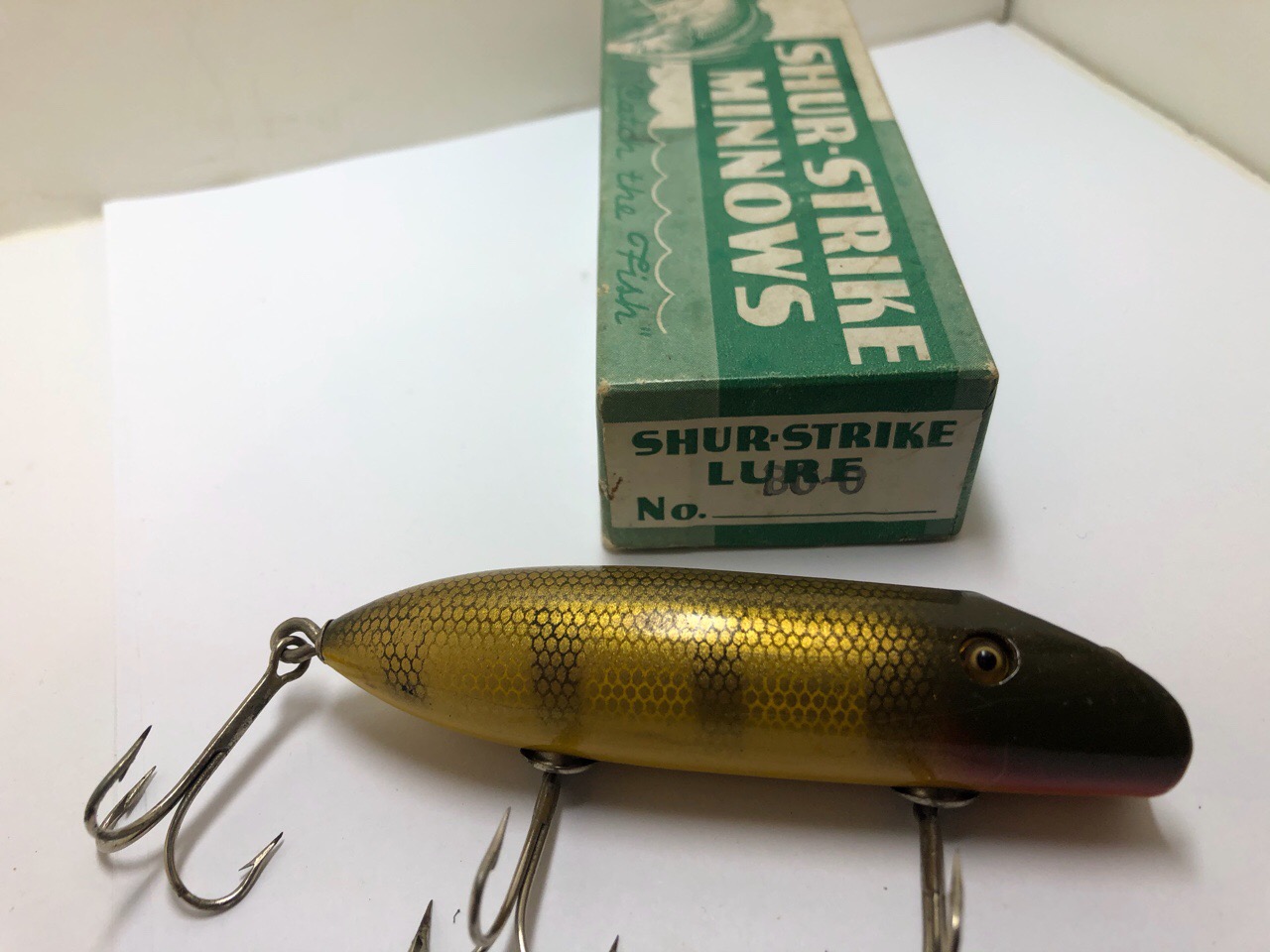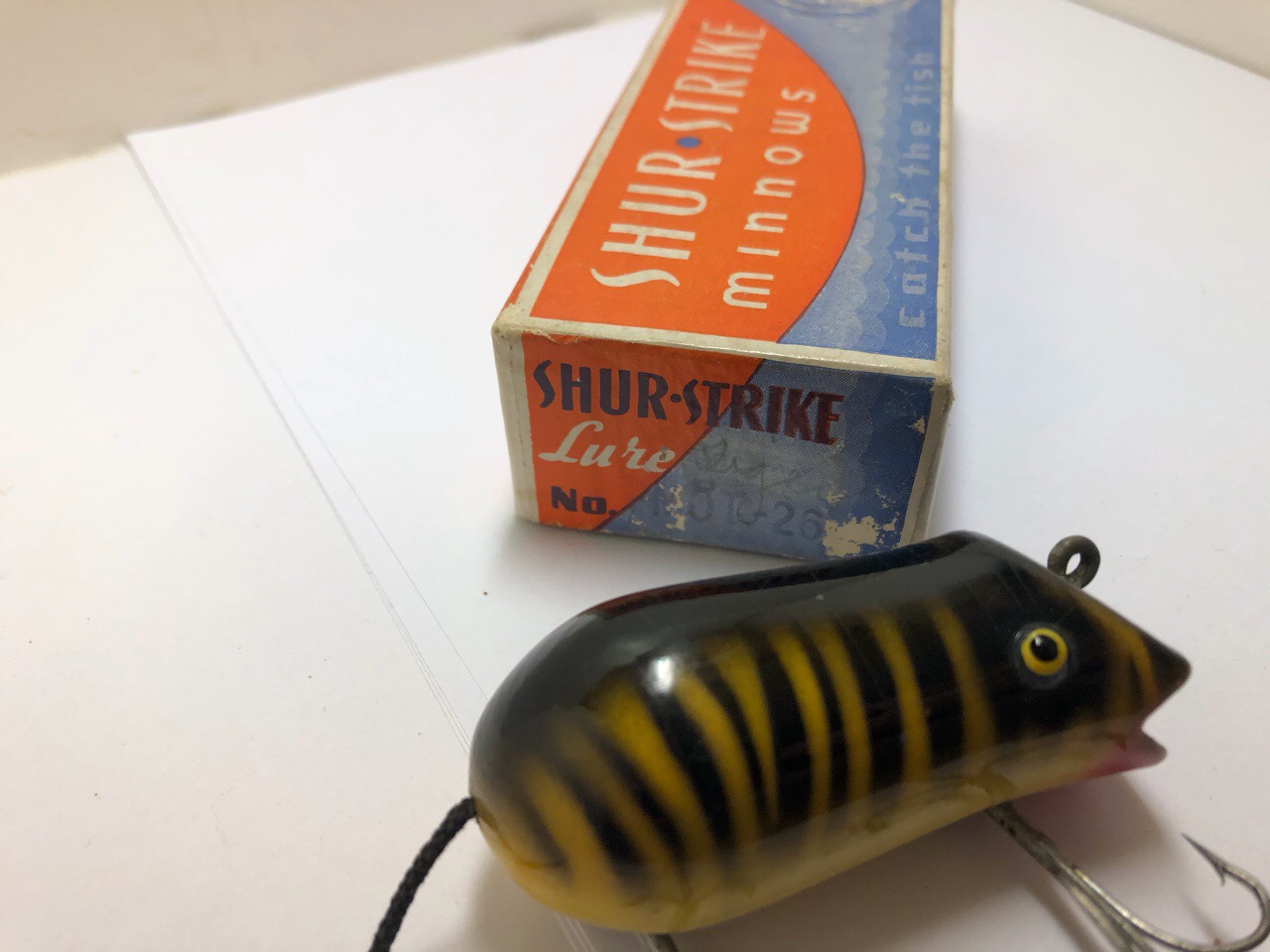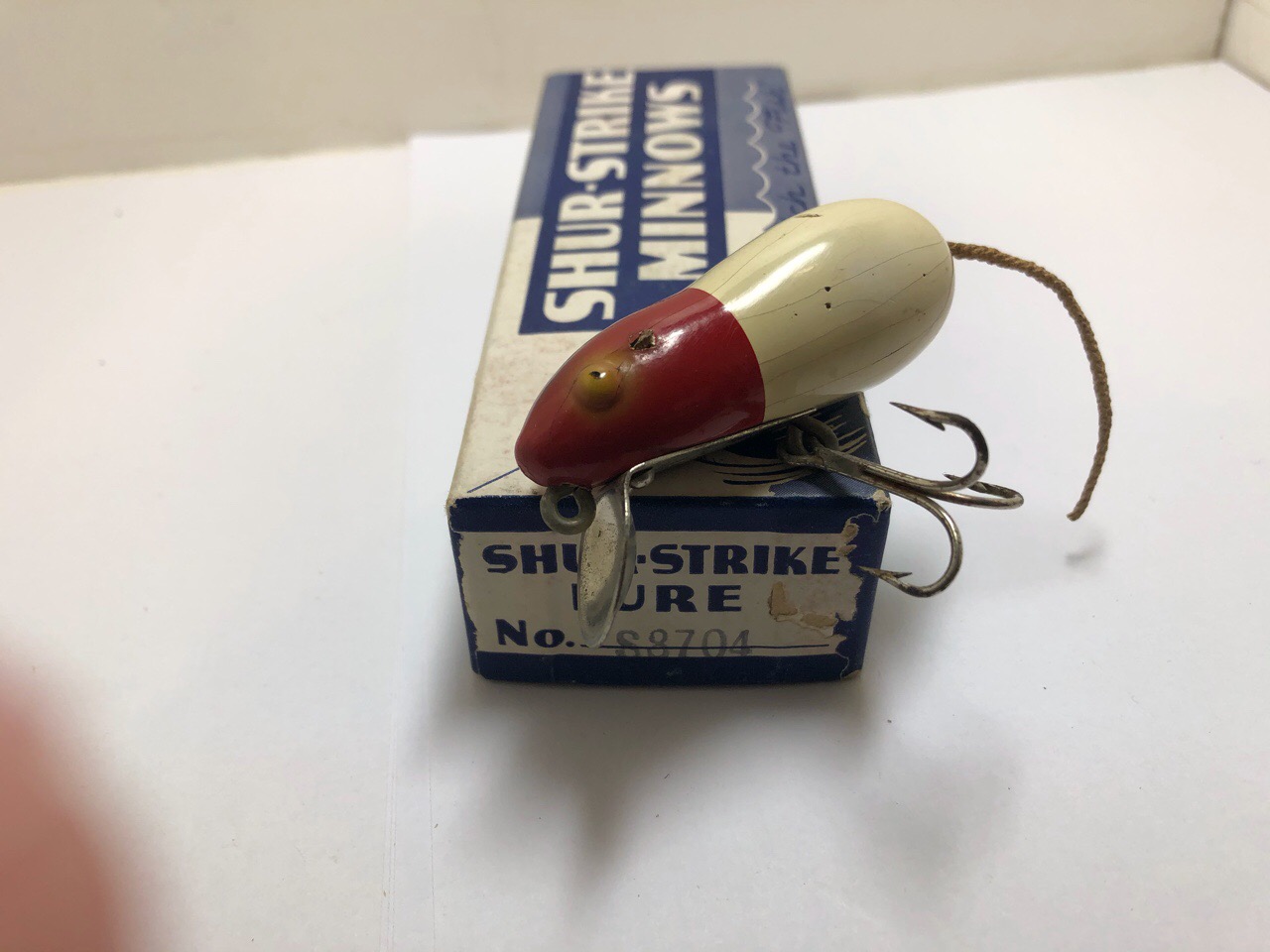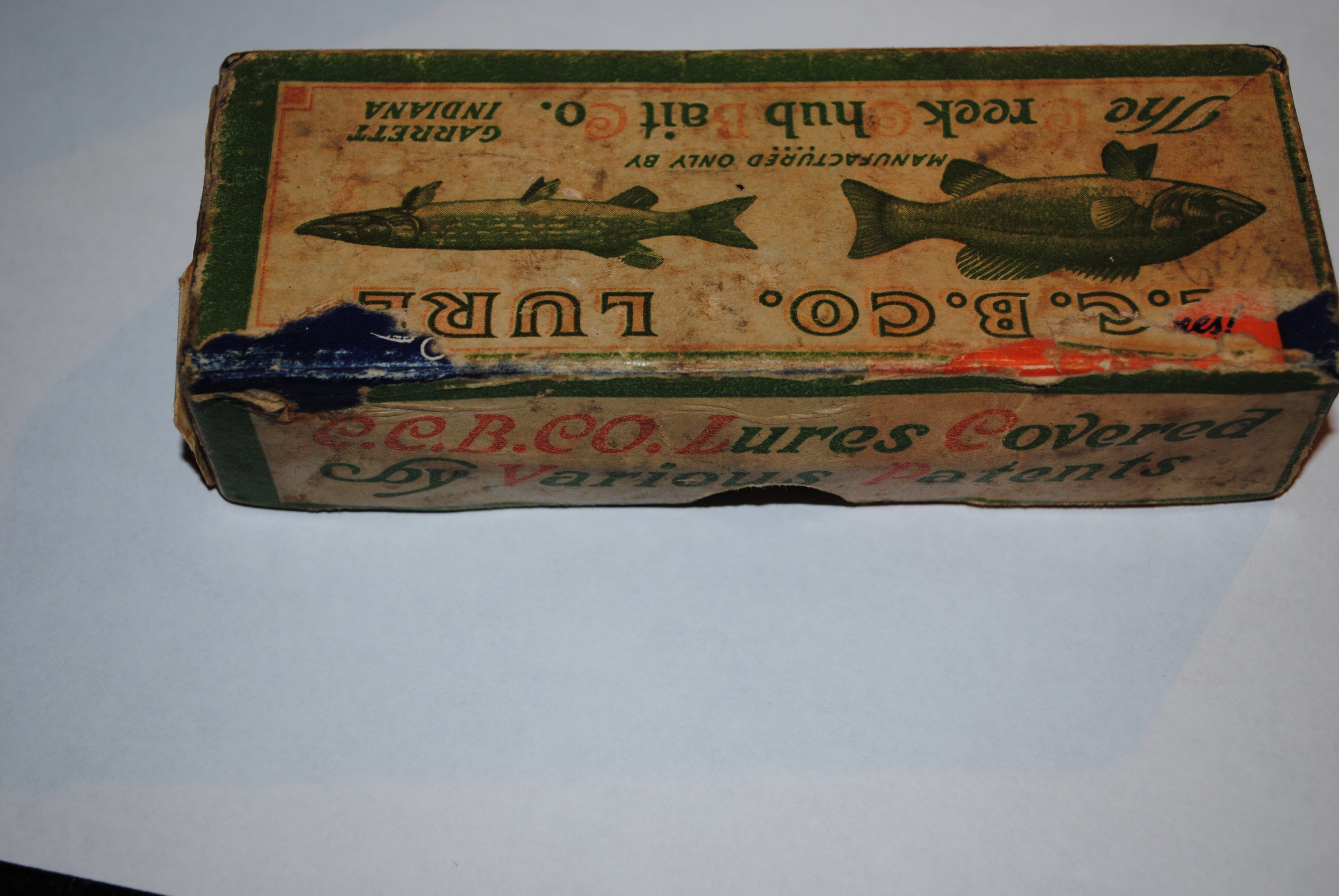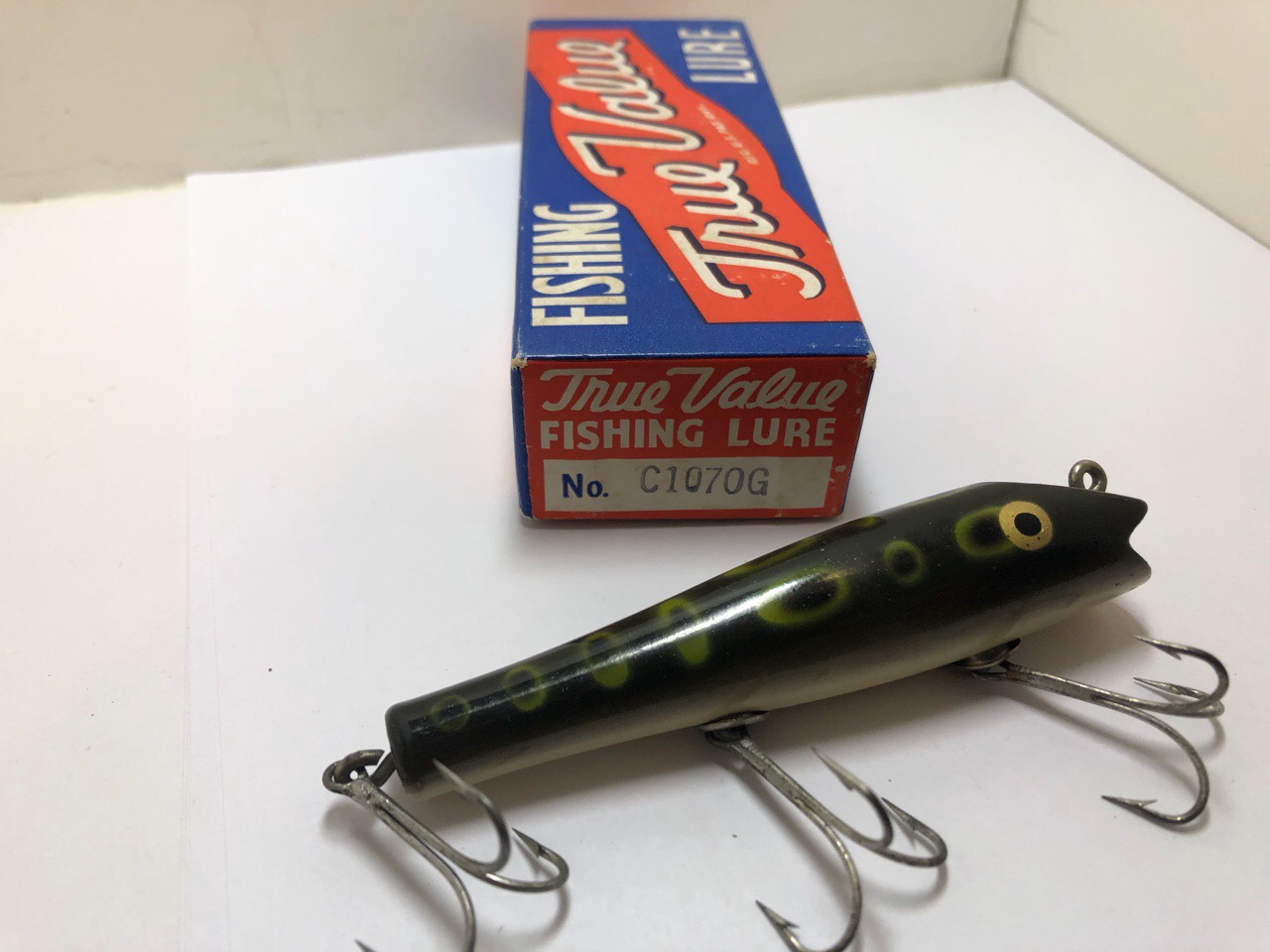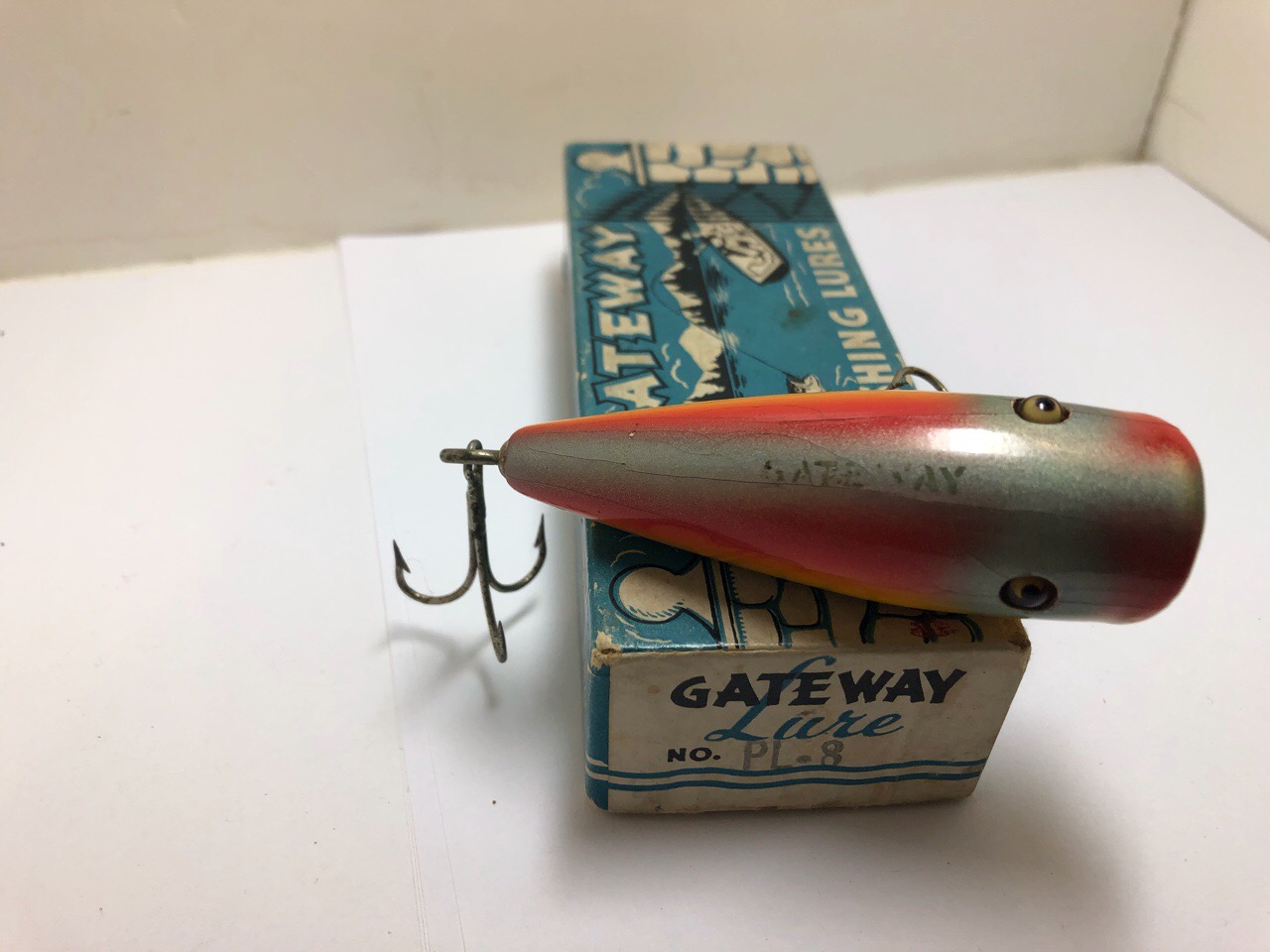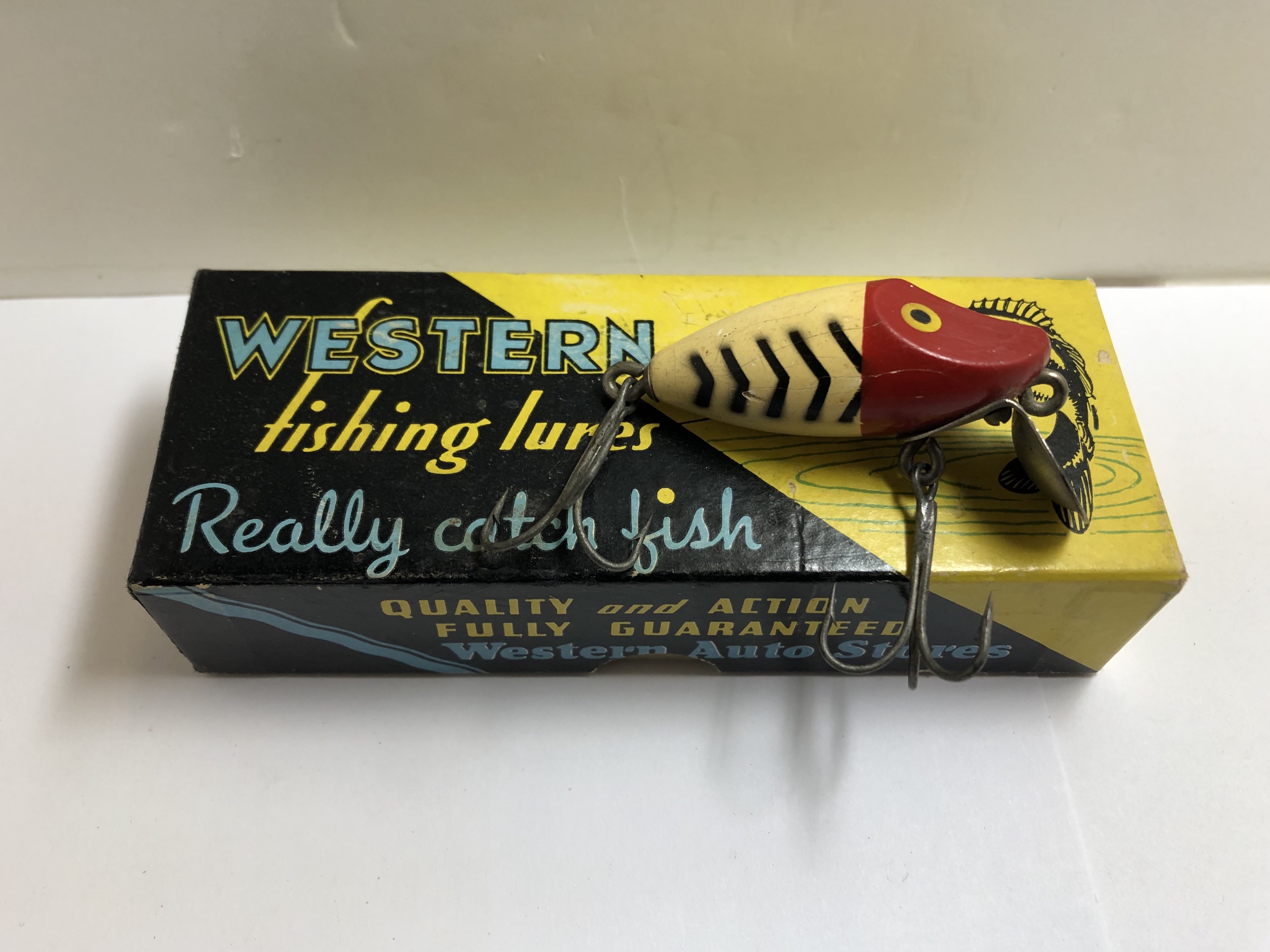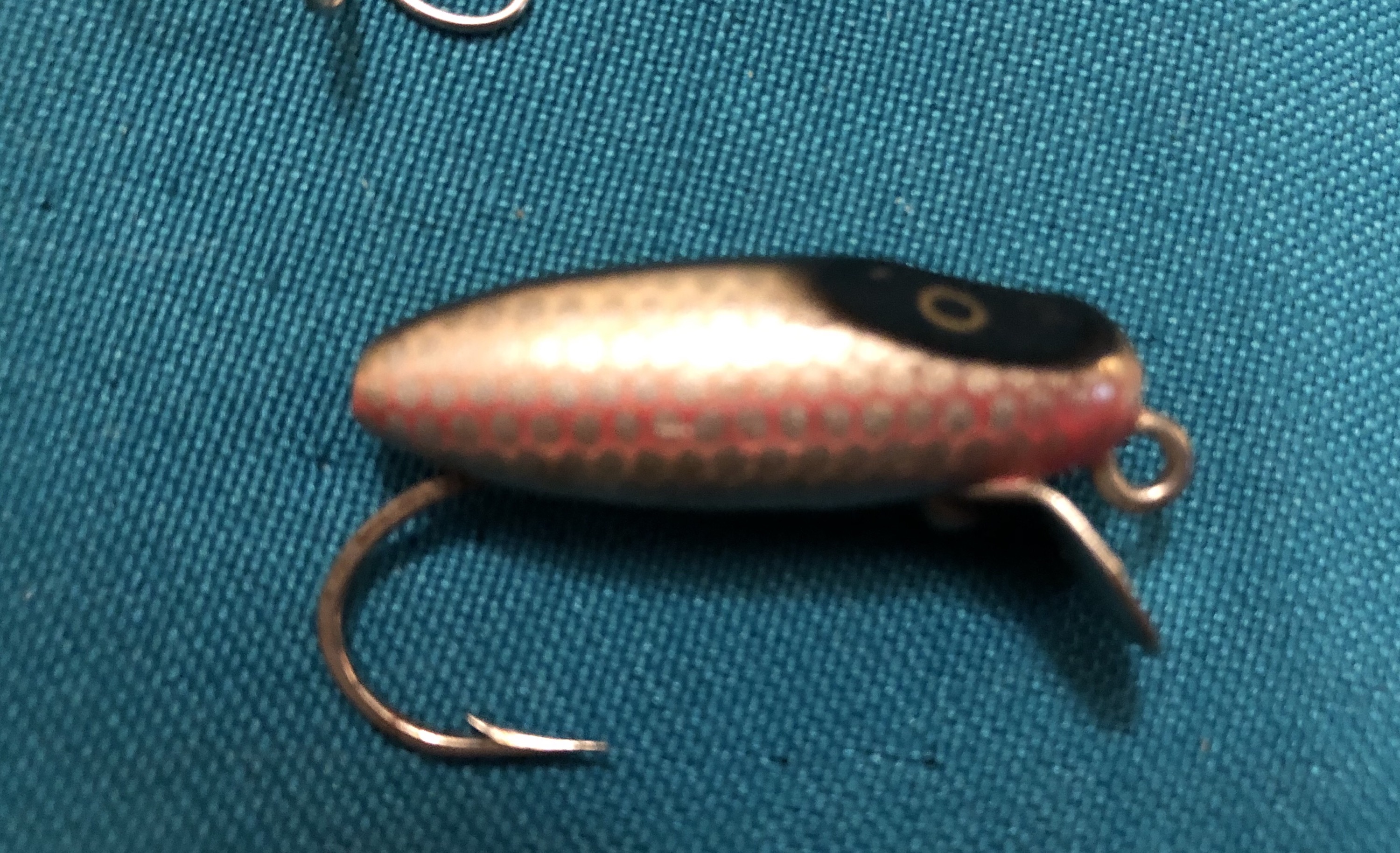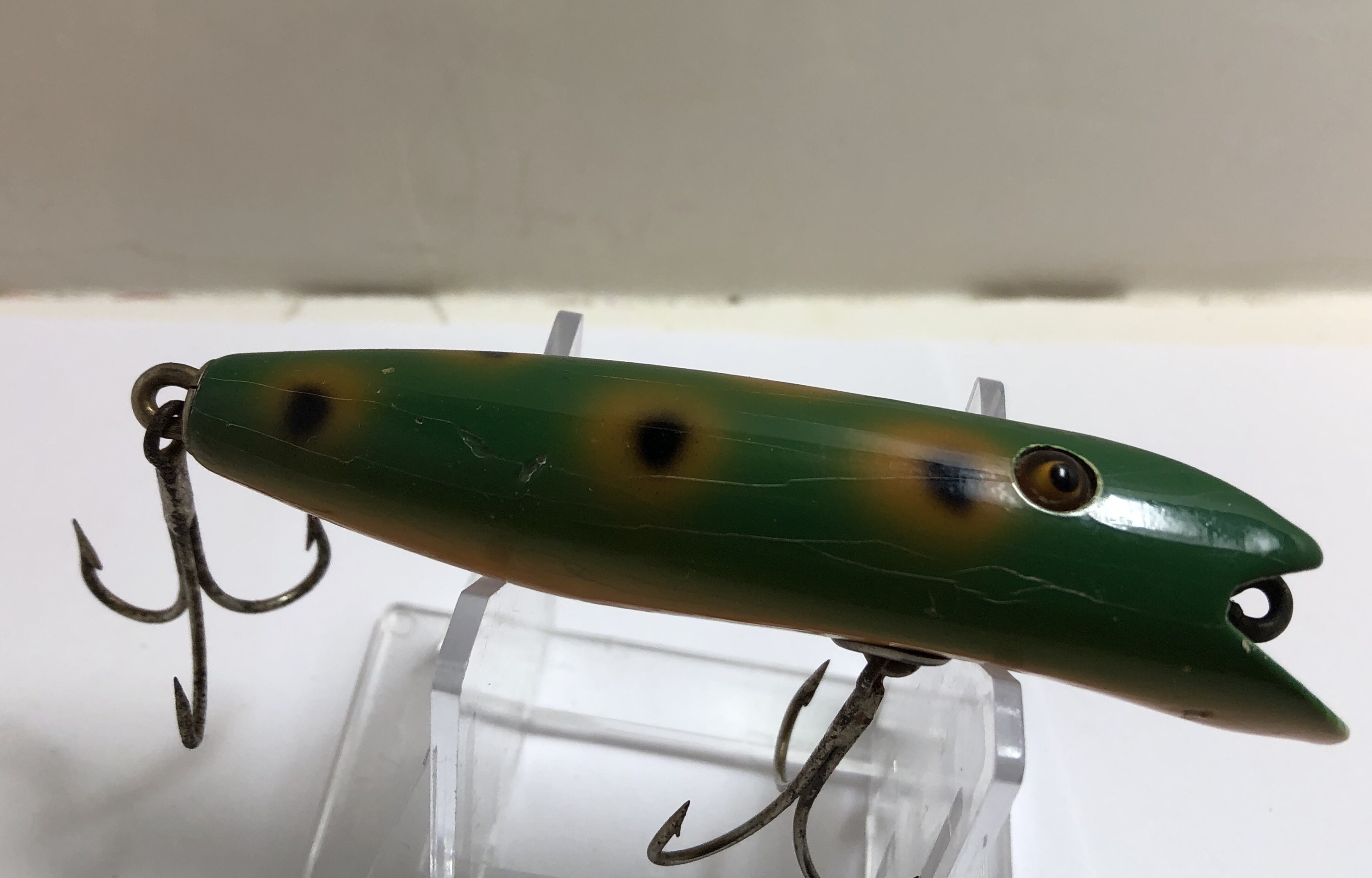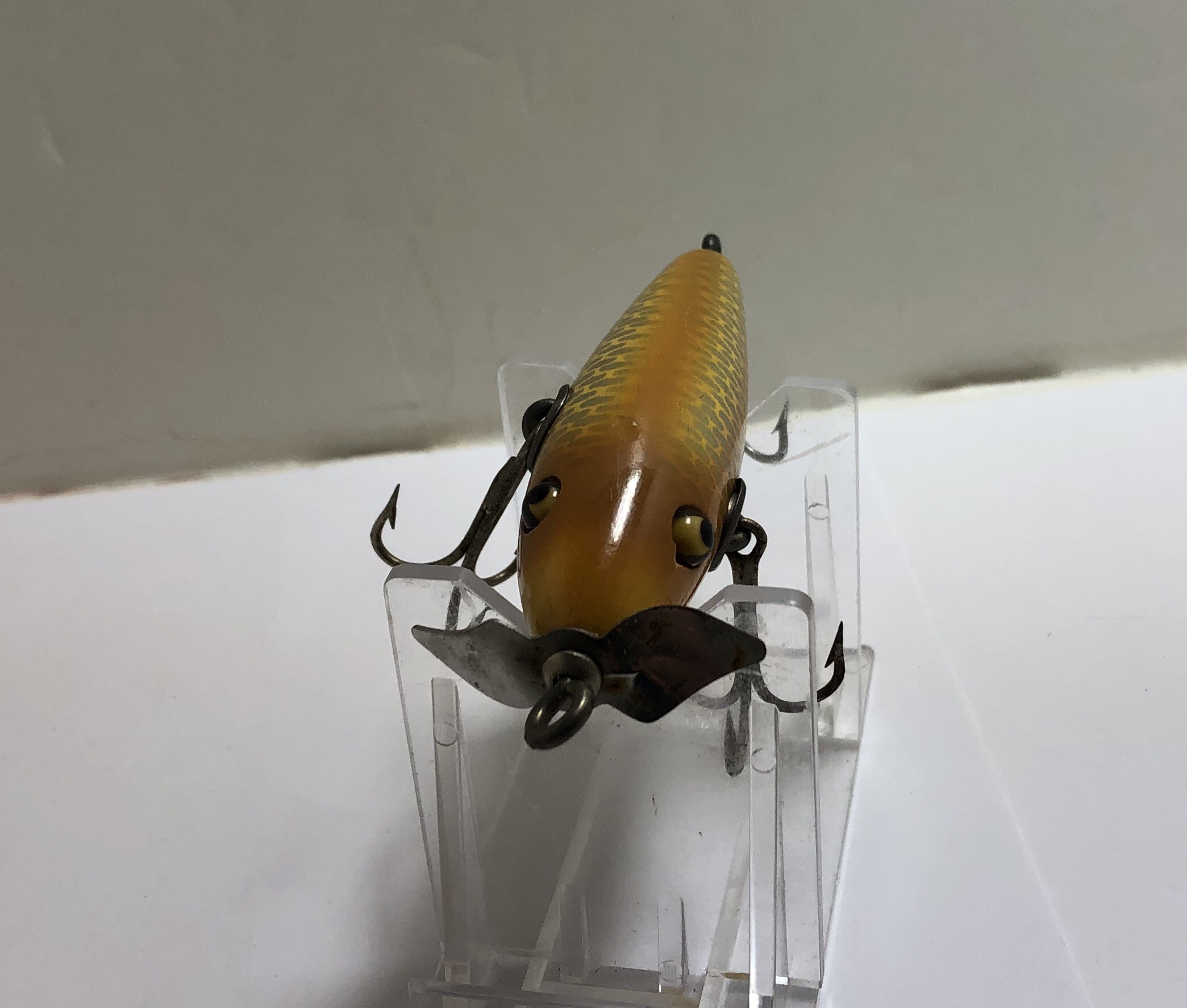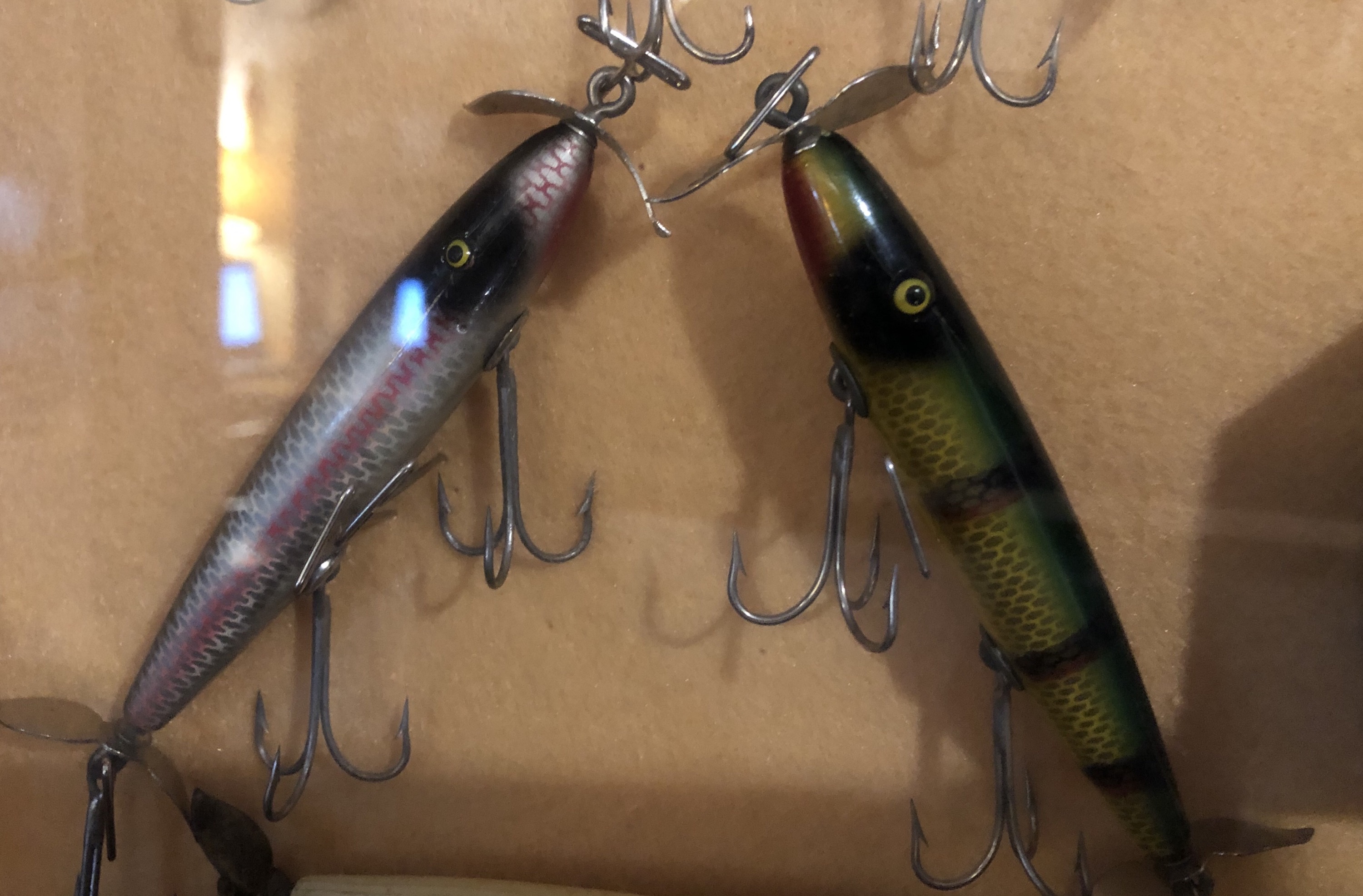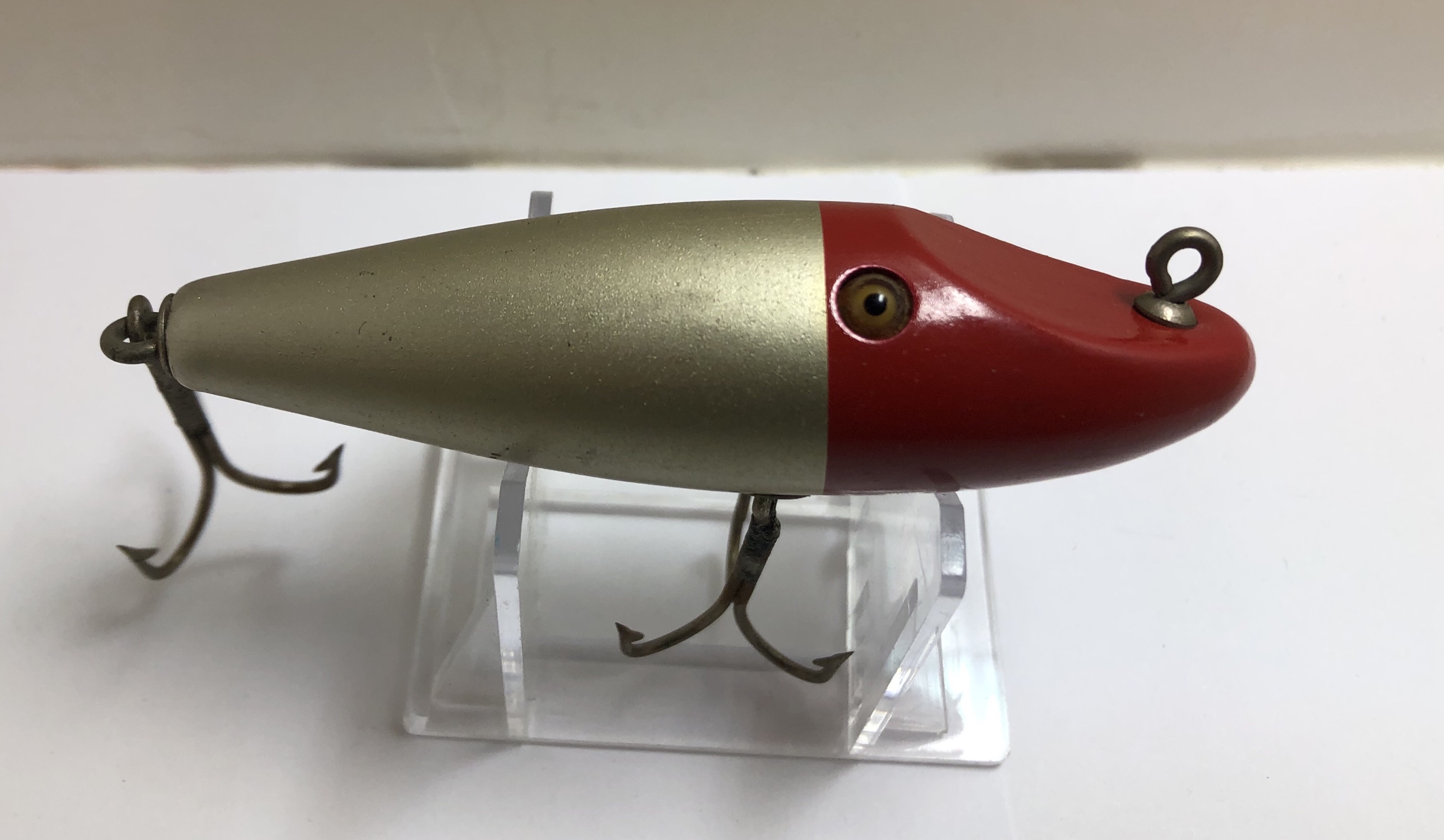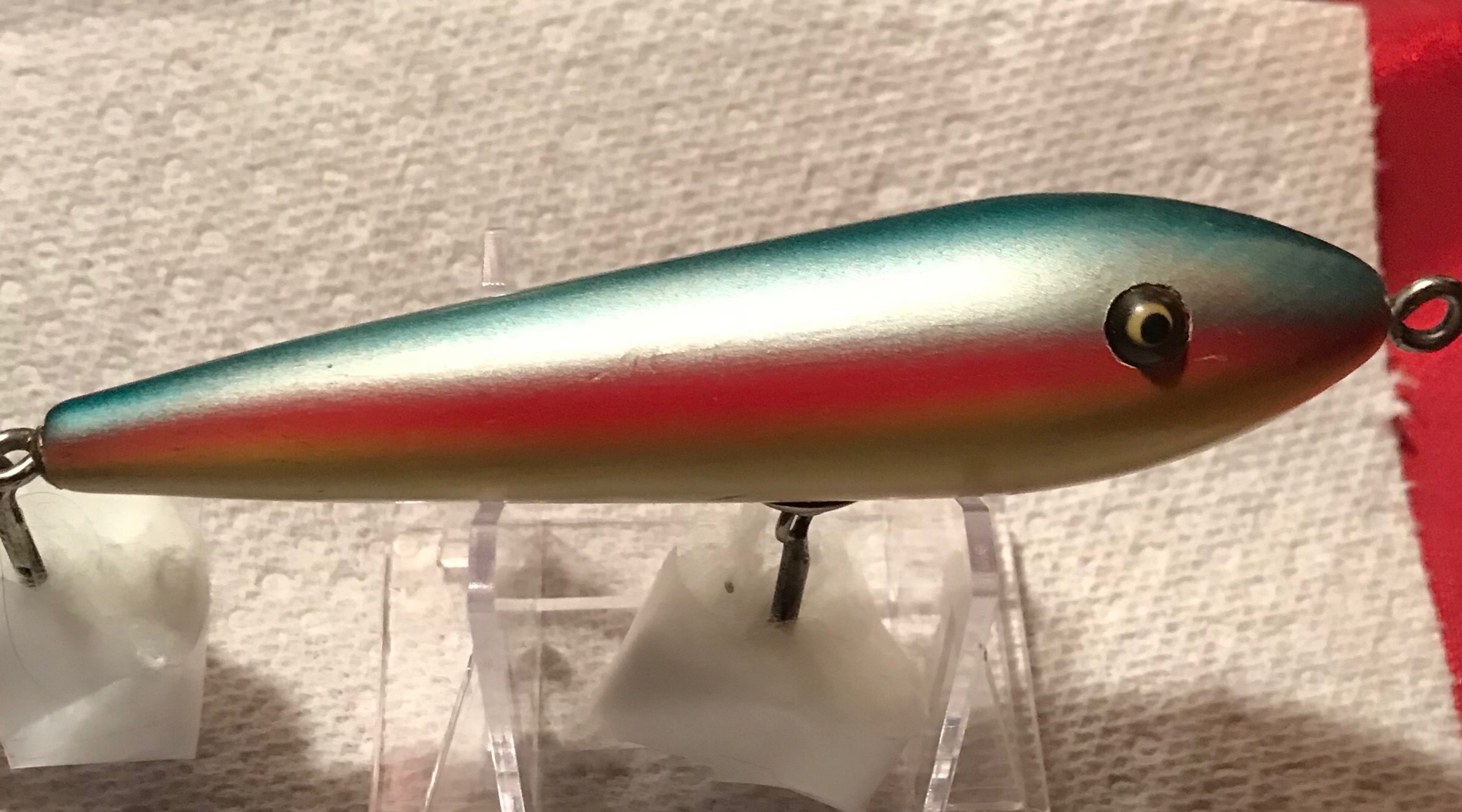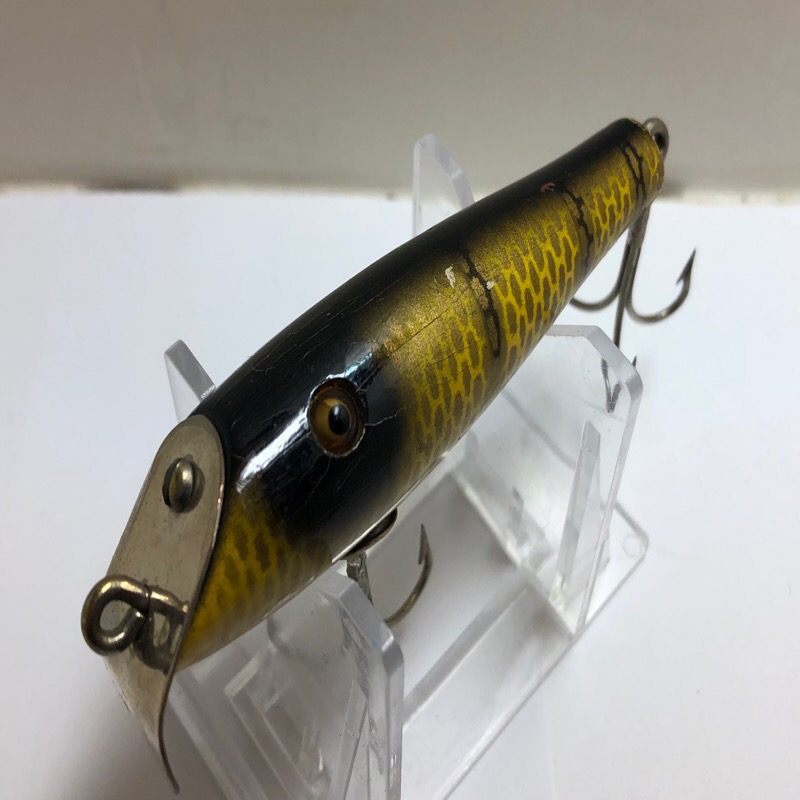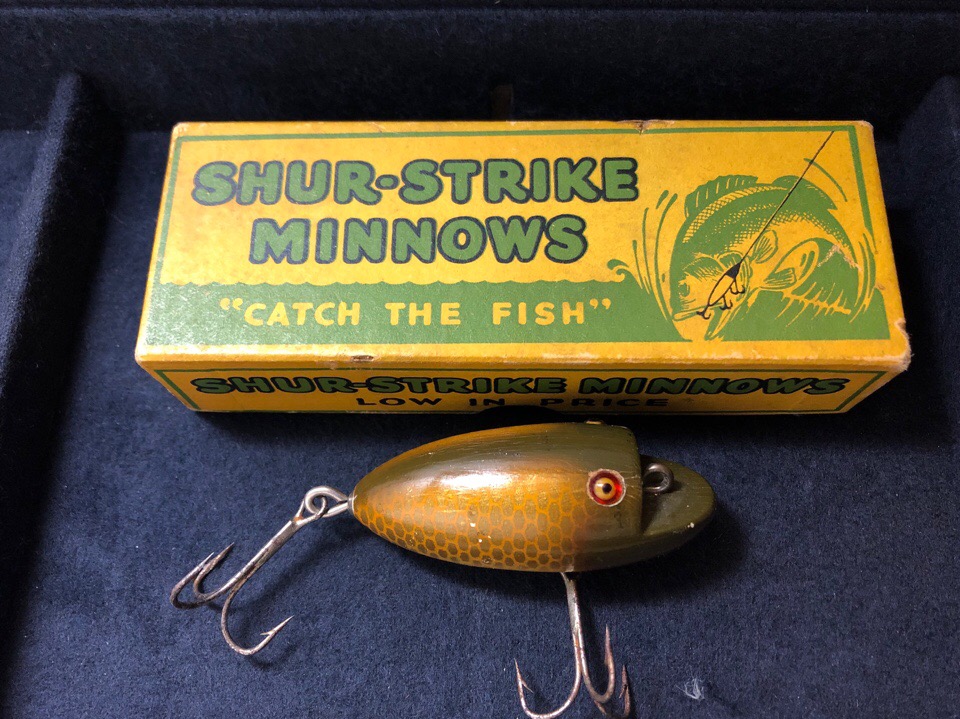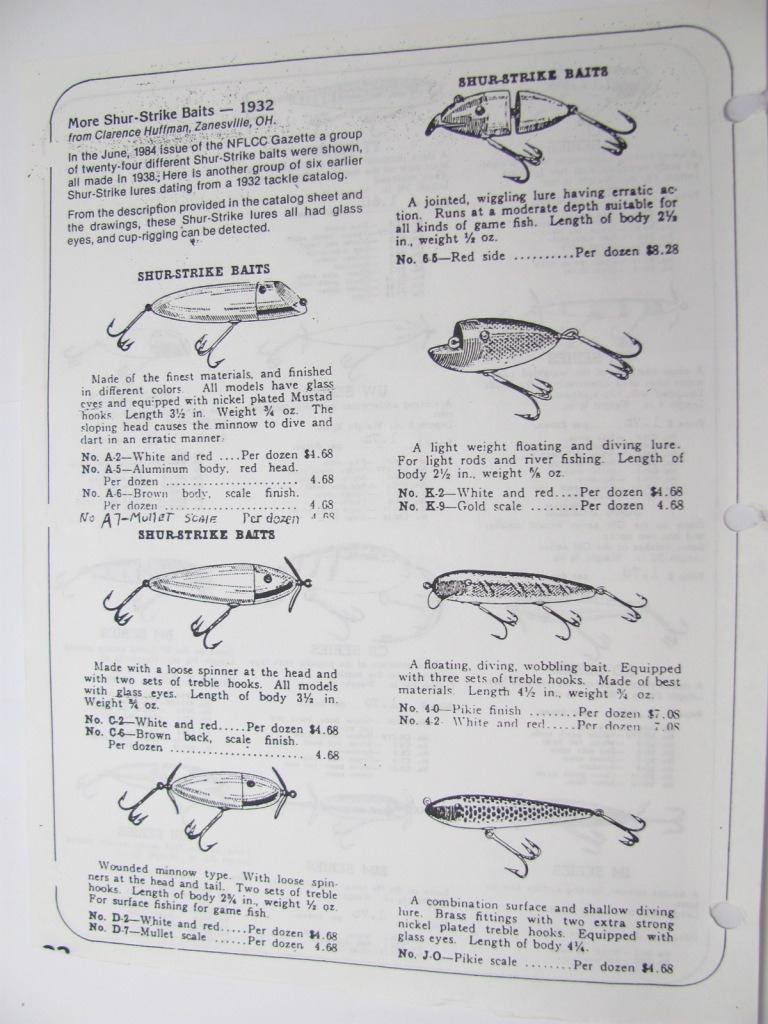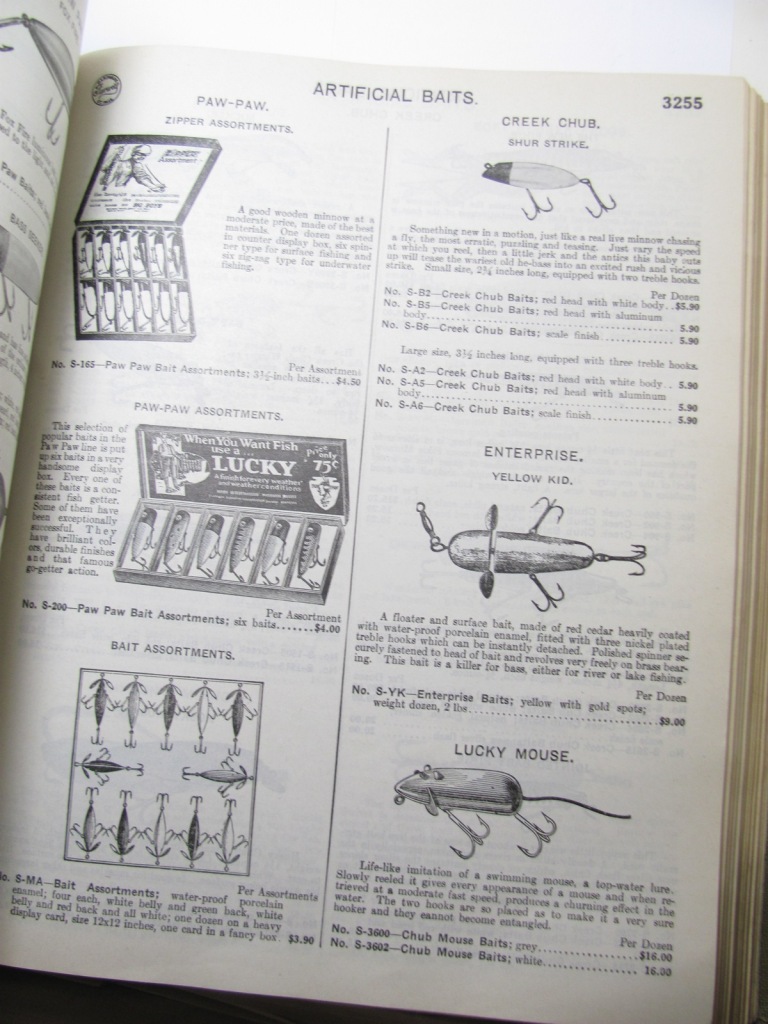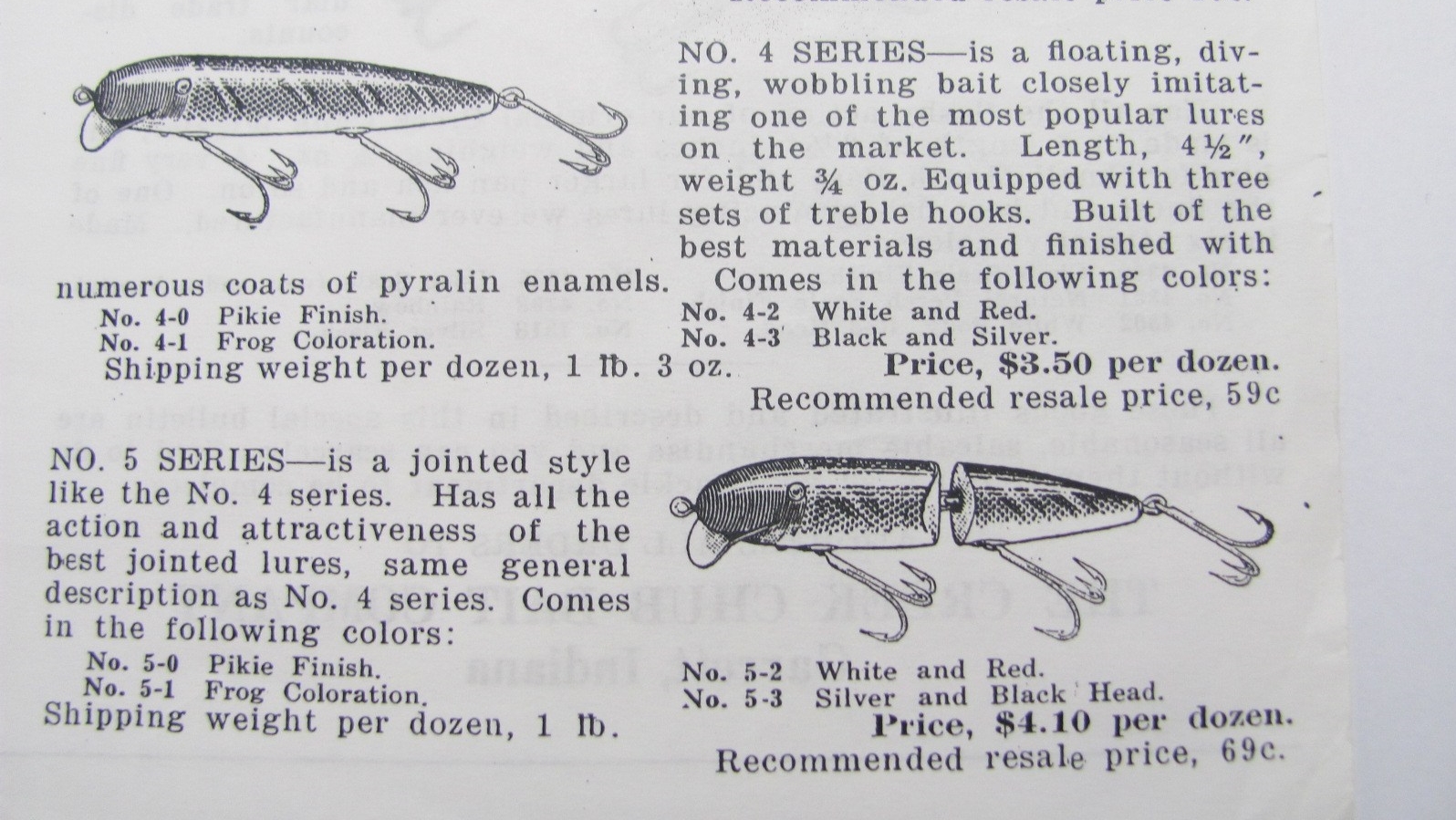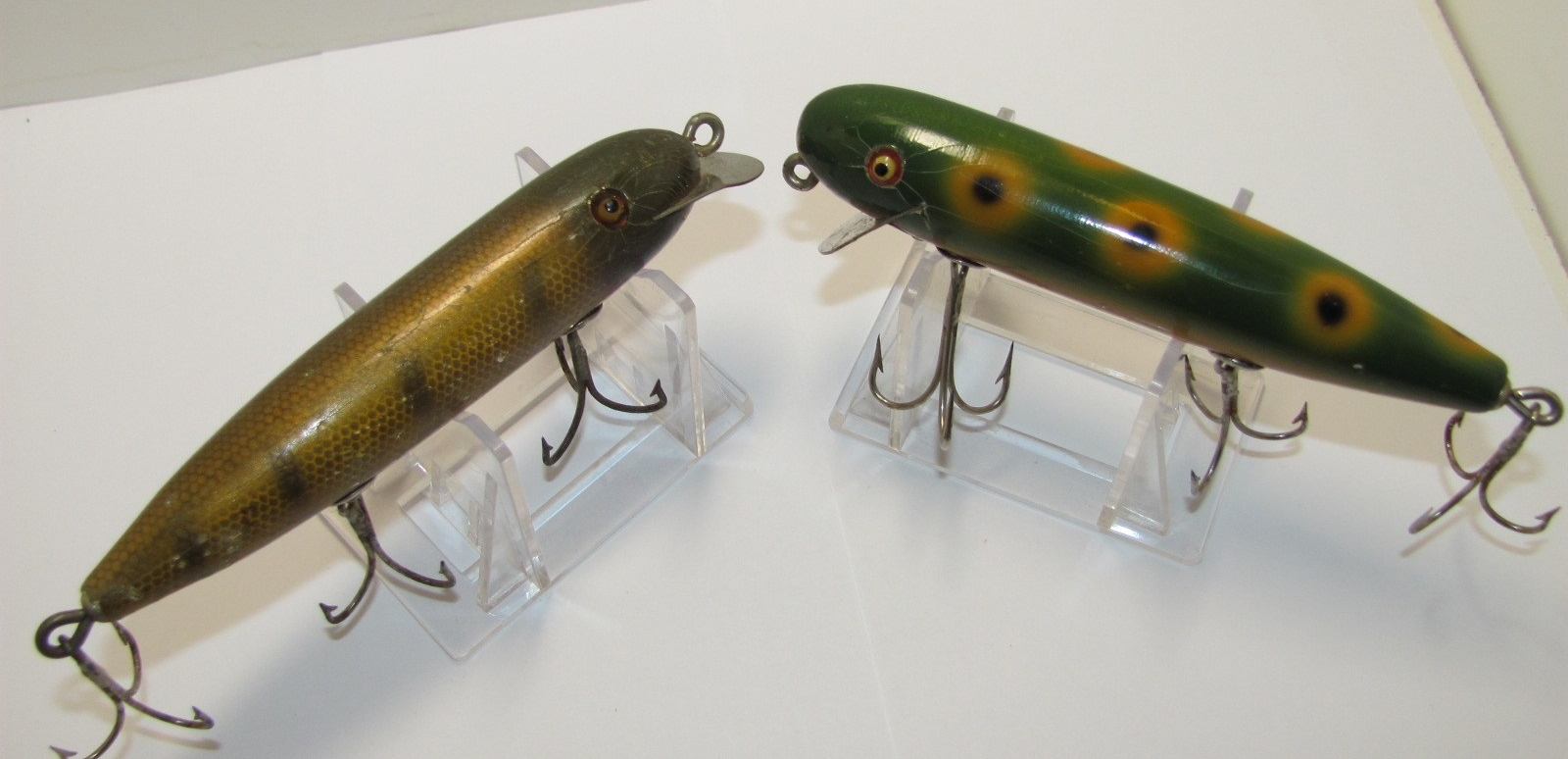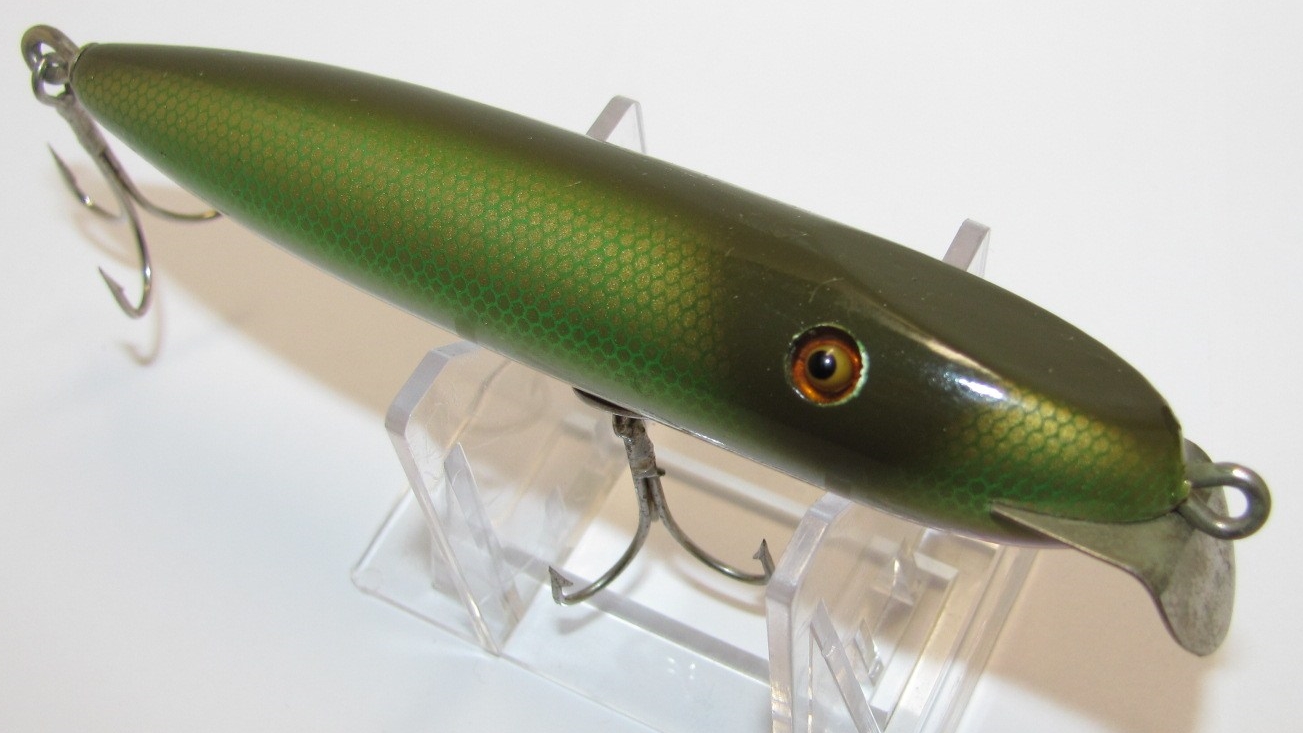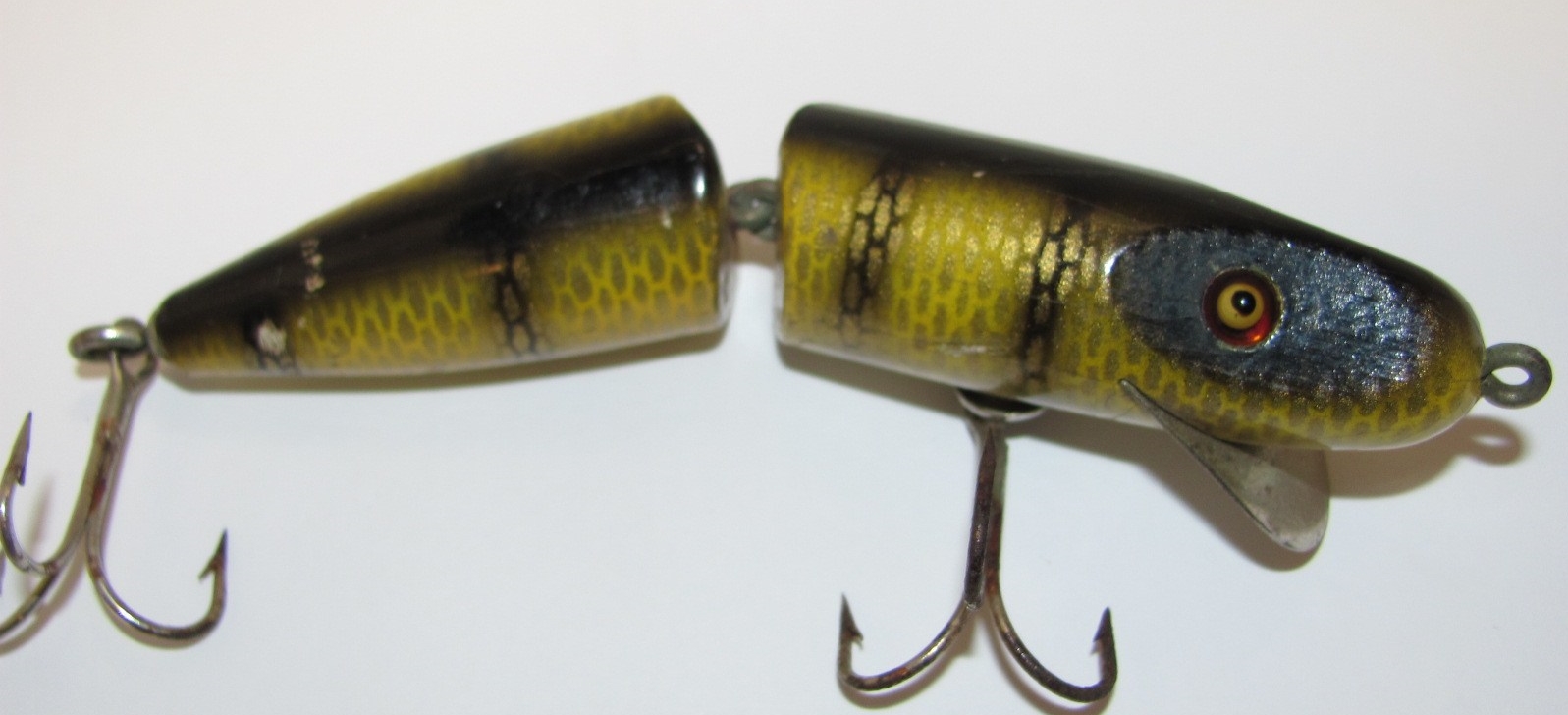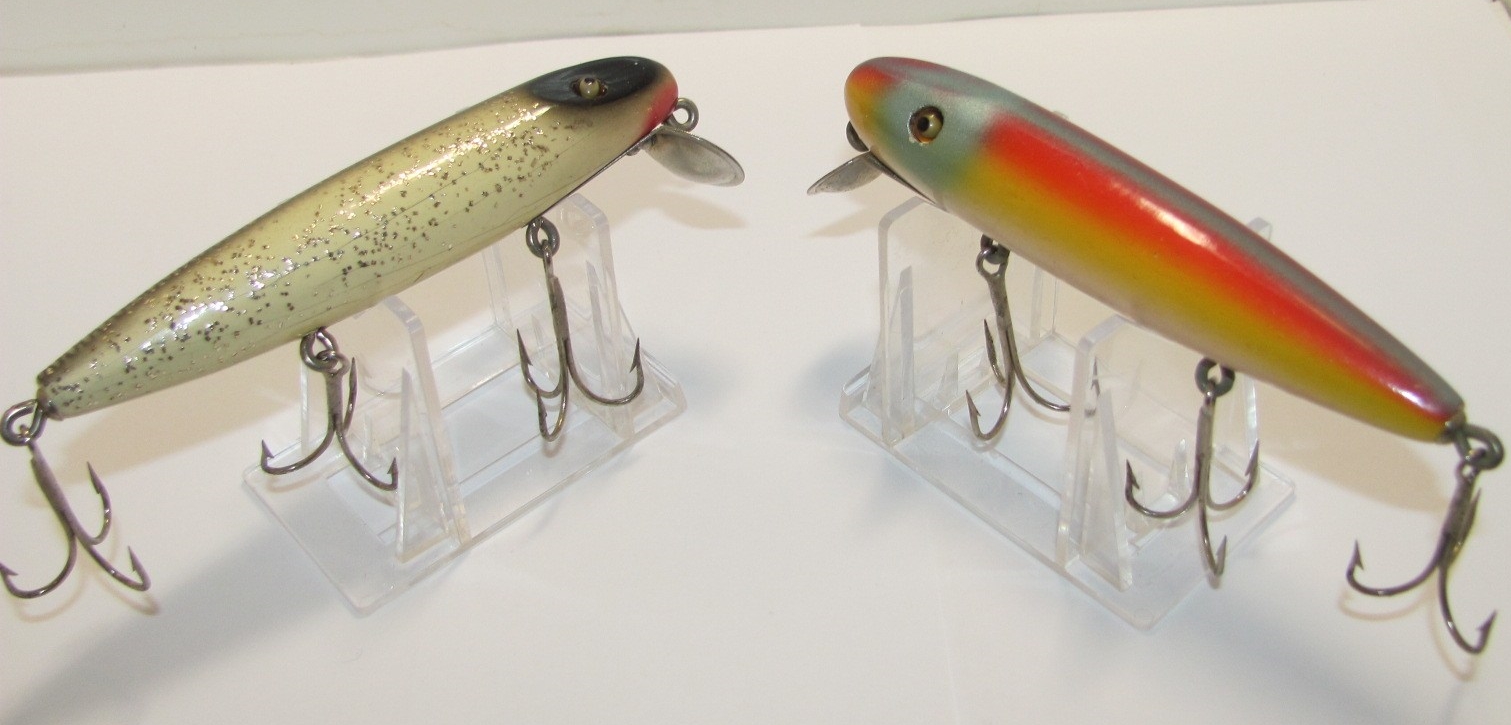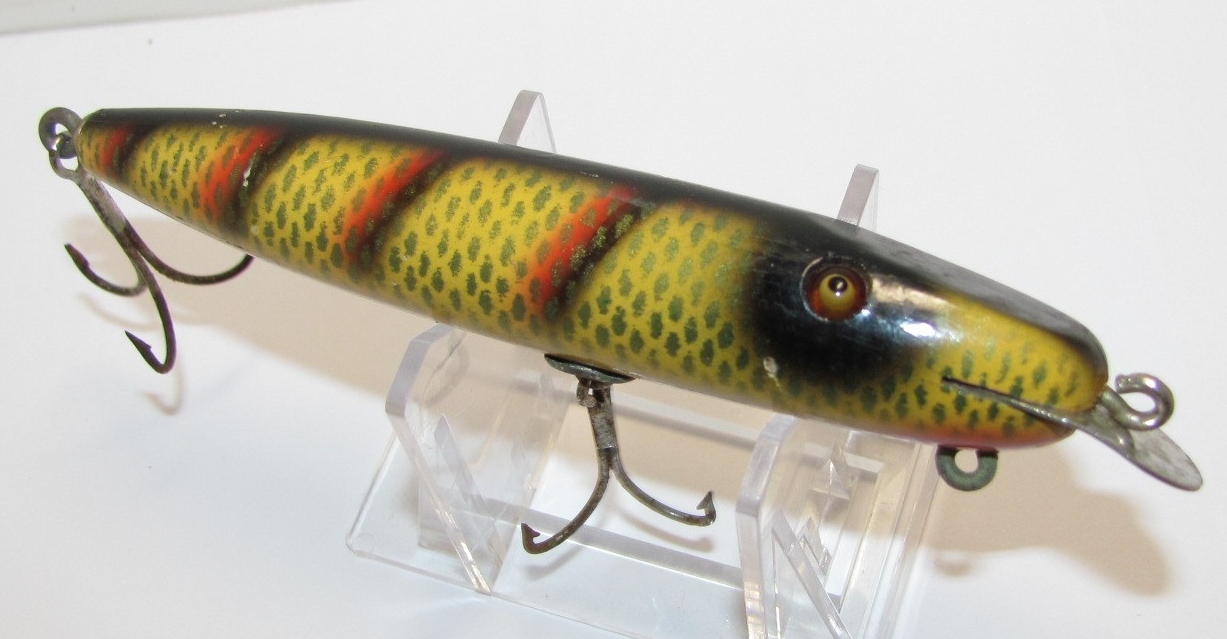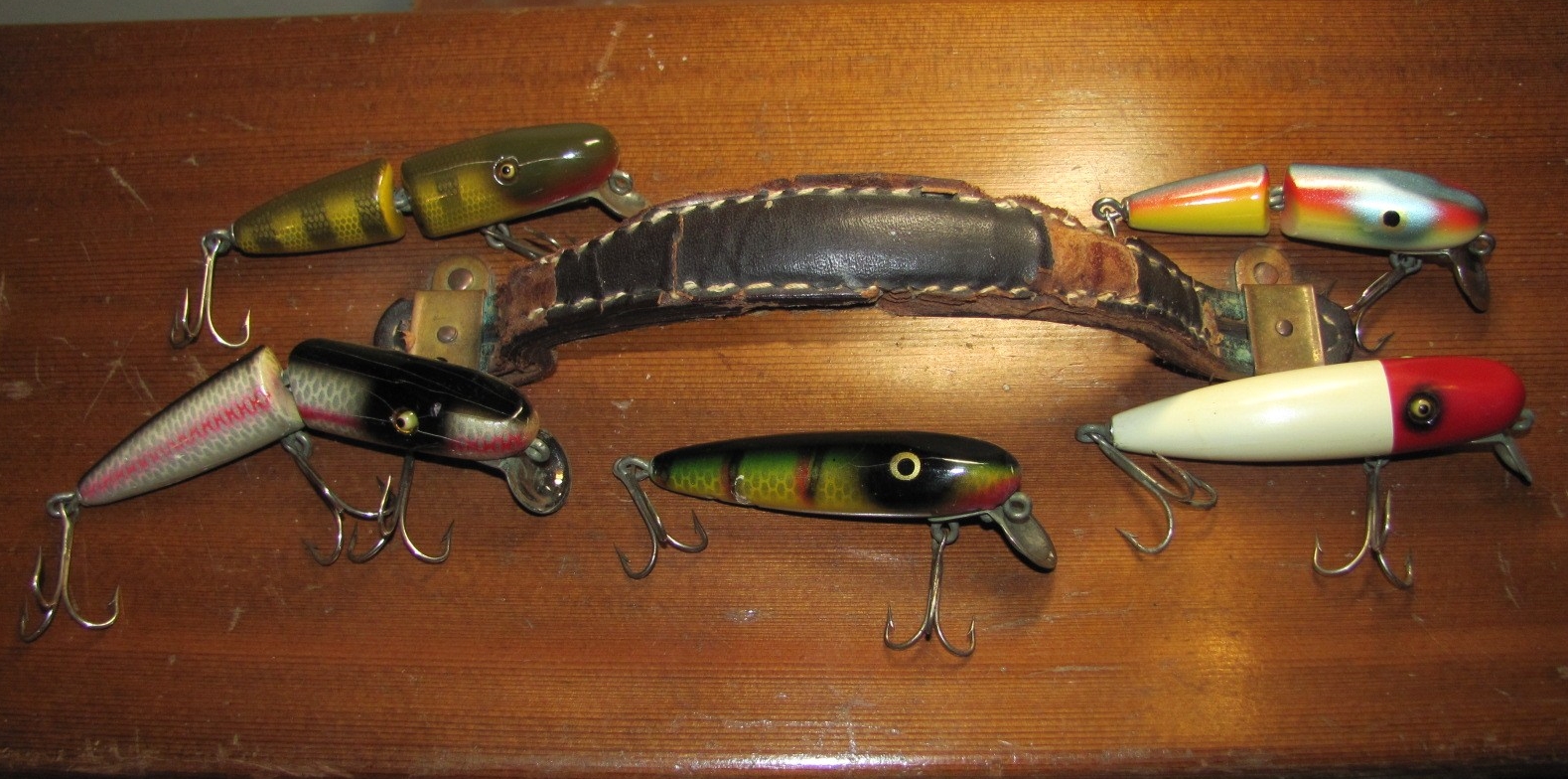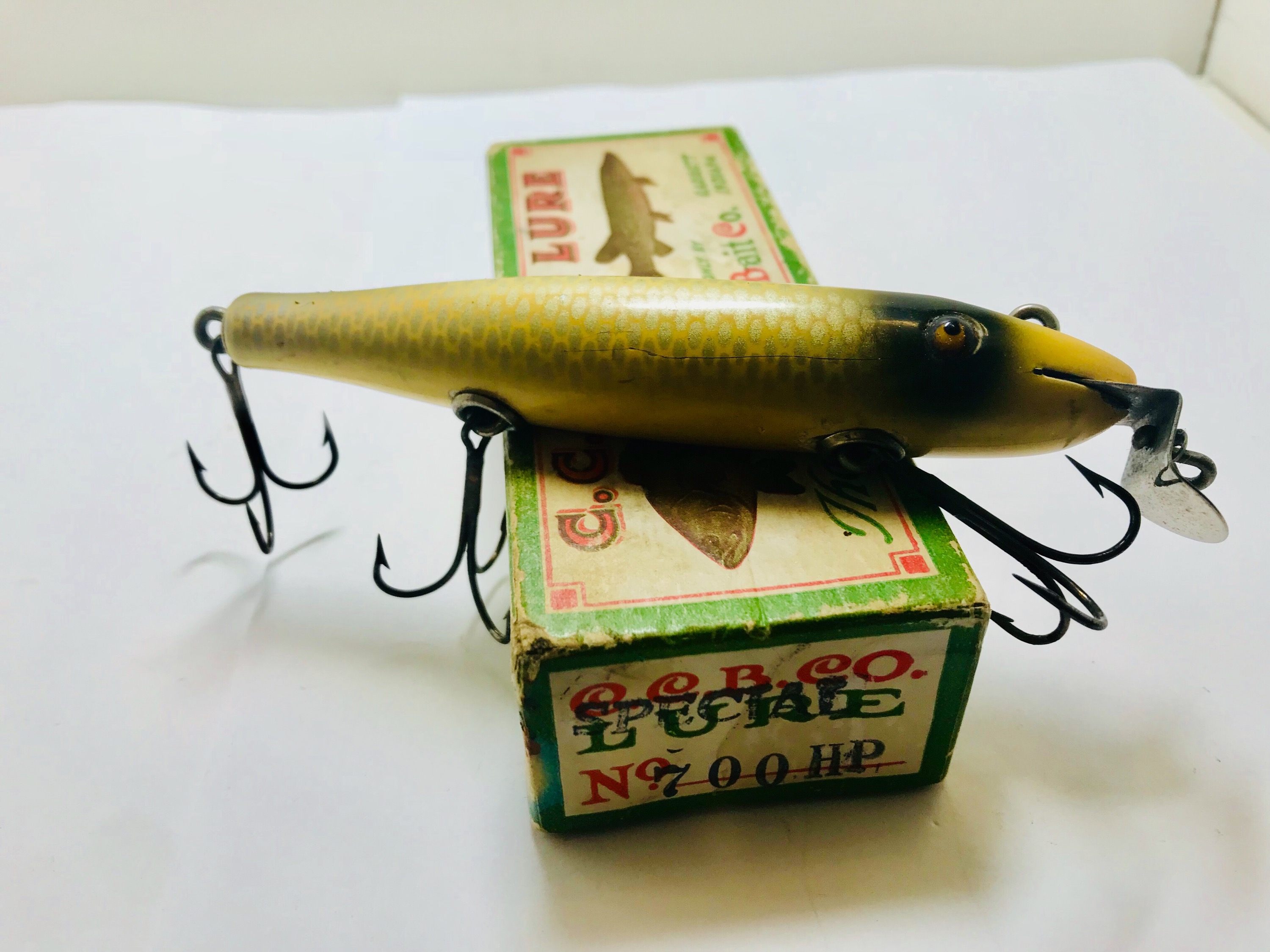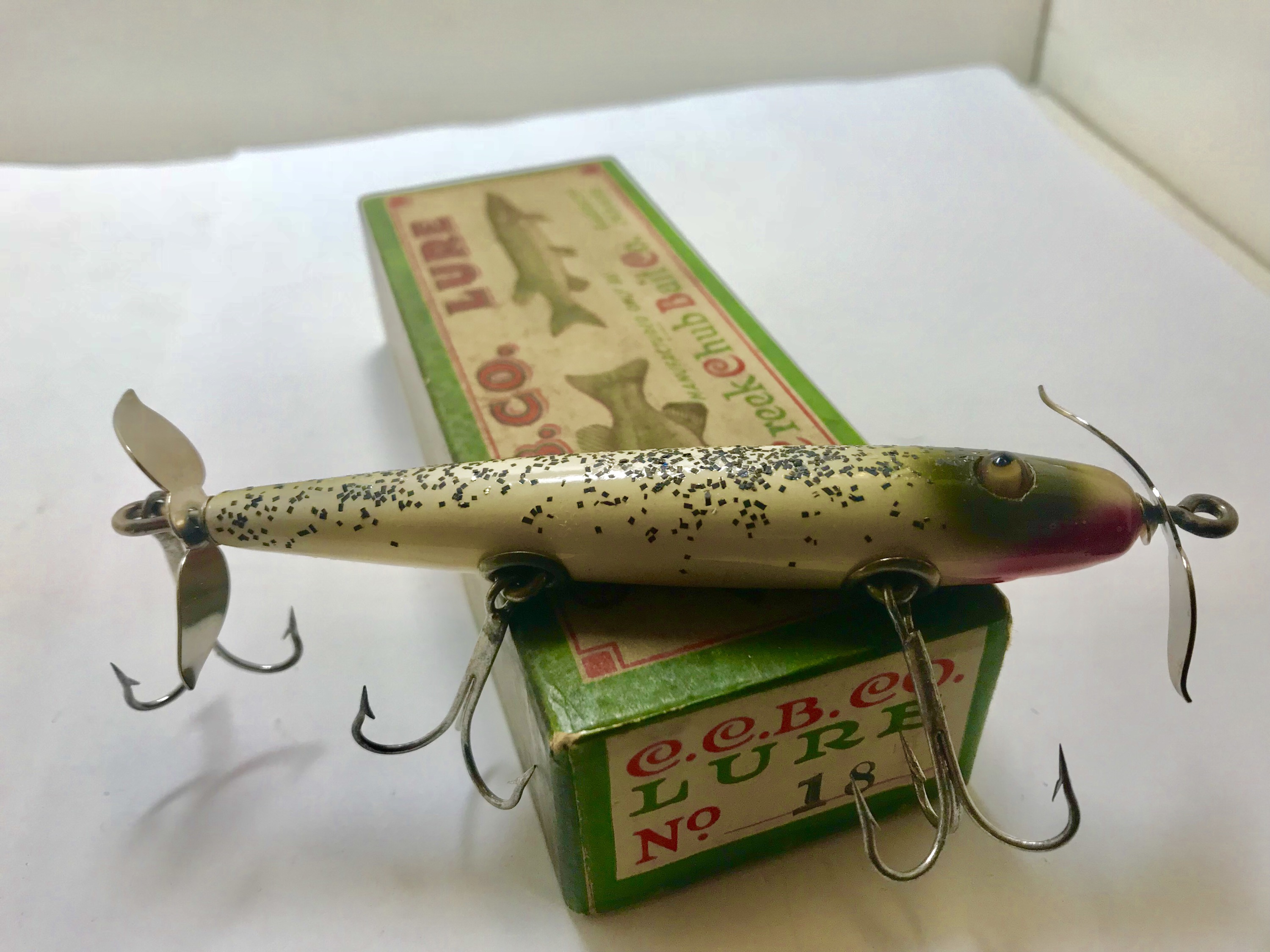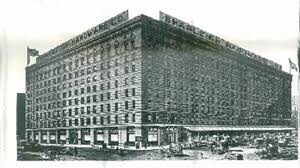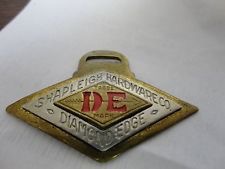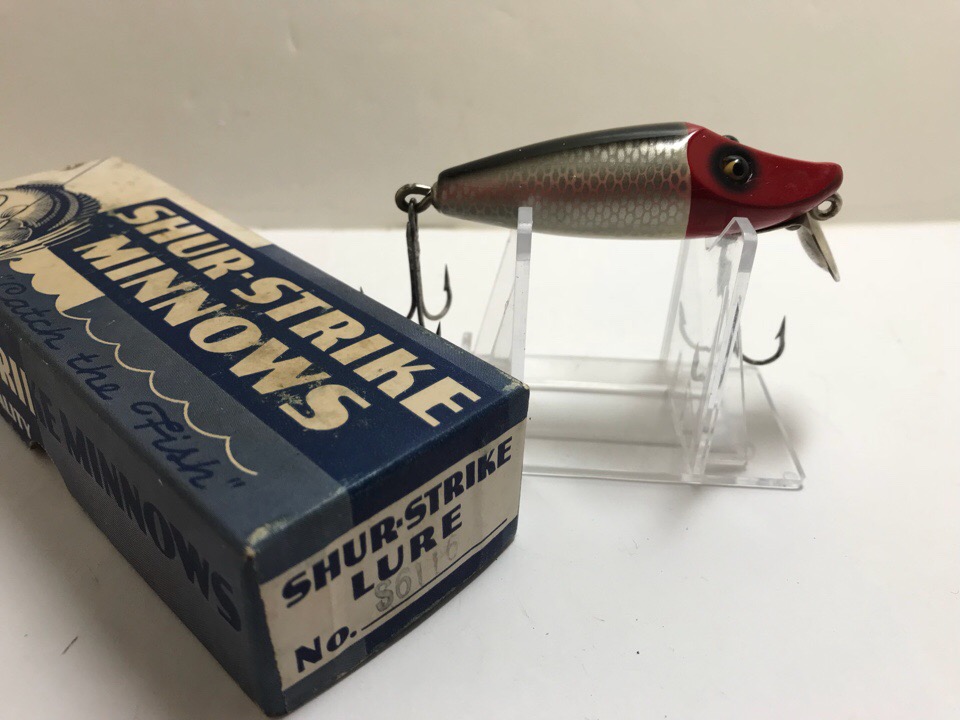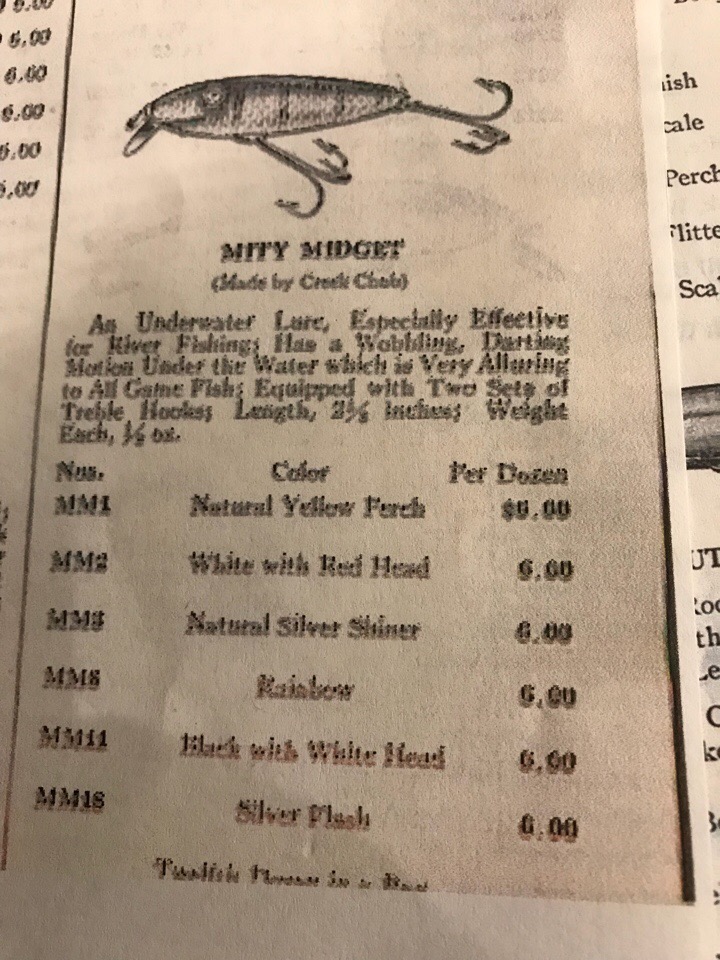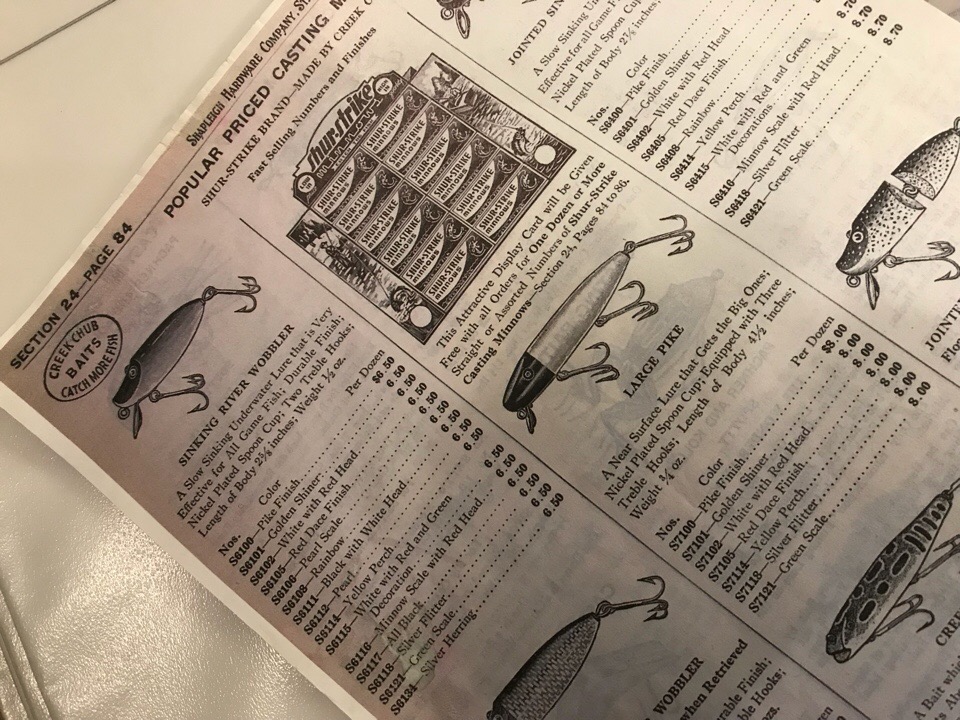The 1939 Bingham Hardware catalog pictured a metal display rack that had a metal sign that portrayed “Uncle Tom Baits”. The rack could hold up to 48 baits which makes it one of the largest displays for Shur-Strike lures.
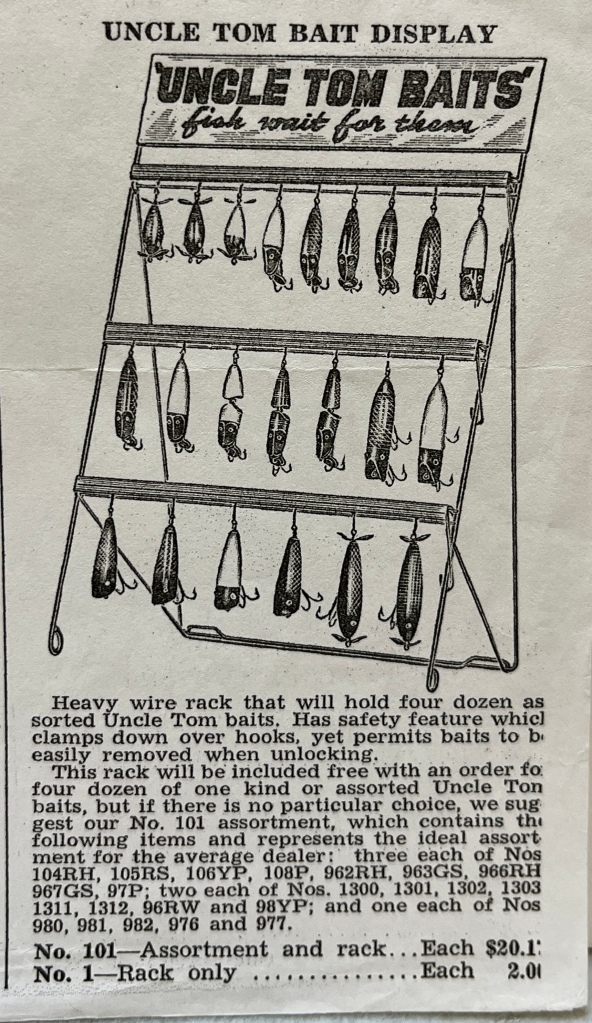
First, we should back up a little bit to better understand the relationship between Bingham and the Creek Chub Shur-Strike lures. Bingham was one the larger wholesale Hardware companies in the late 30’s. Bingham sold to smaller hardware and sporting goods stores, through their catalog. Bingham also branded their products when possible, to give them a marketing edge. They contracted with Creek Chub to sell the Shur-Strike lures under their Uncle Tom Brand. Bingham had Creek Chub stencil the name “Uncle Tom”, “Popping Tom”, “Injured Tom” etc. on the appropriate lures. Bingham also had Creek Chub produce an “Uncle Tom” lure box to further brand their lures.
Bingham didn’t stop there, they had an outside source provide them with a lure display so the smaller stores they sold to, could market the lures in their store. In the catalog, it states that stores could purchase an assortment of Uncle Tom lures with a display for a small cost. The catalog also stated that the display had a mechanism for locking down the hooks when they hung from the display.
Bingham was very successful at marketing these Uncle Tom lures. When looking into the production records from Creek Chub, sales of the Uncle Tom lures were very strong from 1939-1942.
Until recently, none of these displays had shown up in collectors hands. However a few months ago, a few came to light. This Dispaly was found in an old Sporting Goods Store attic in Virginia as it was being cleared out for auction. Lure Displays are very hard to find, mainly because stores got rid of them when lures were sold out, as they needed to make room for the next great thing! So happy to bring this one out of the attic and display my collection of Uncle Tom lures!
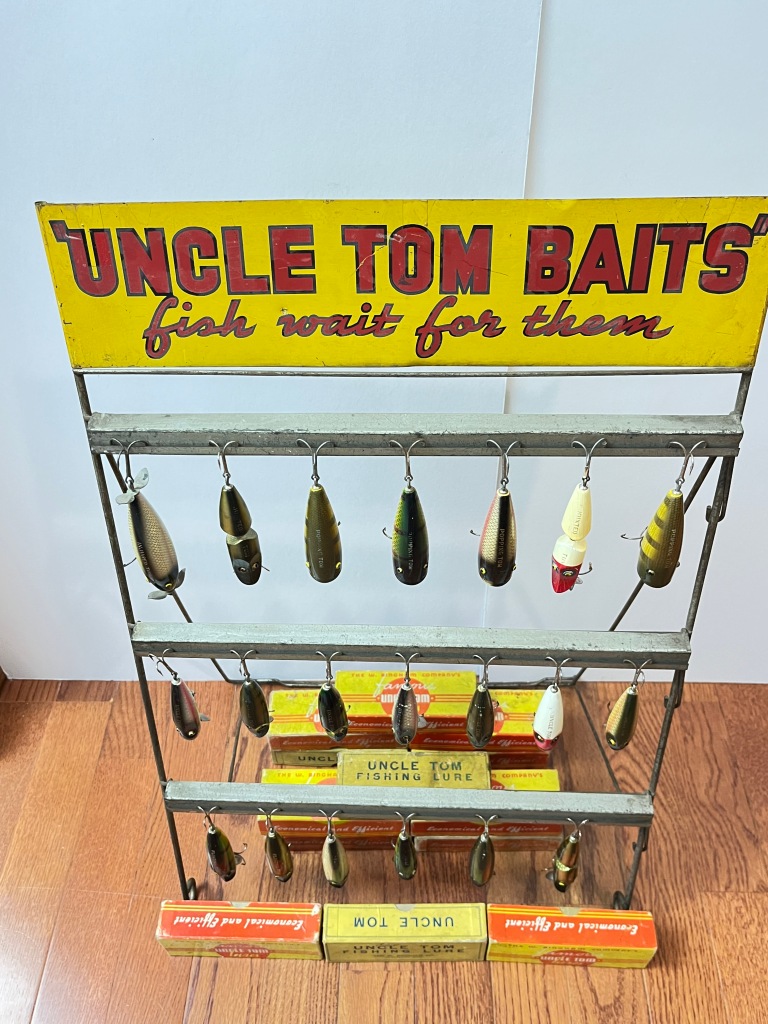
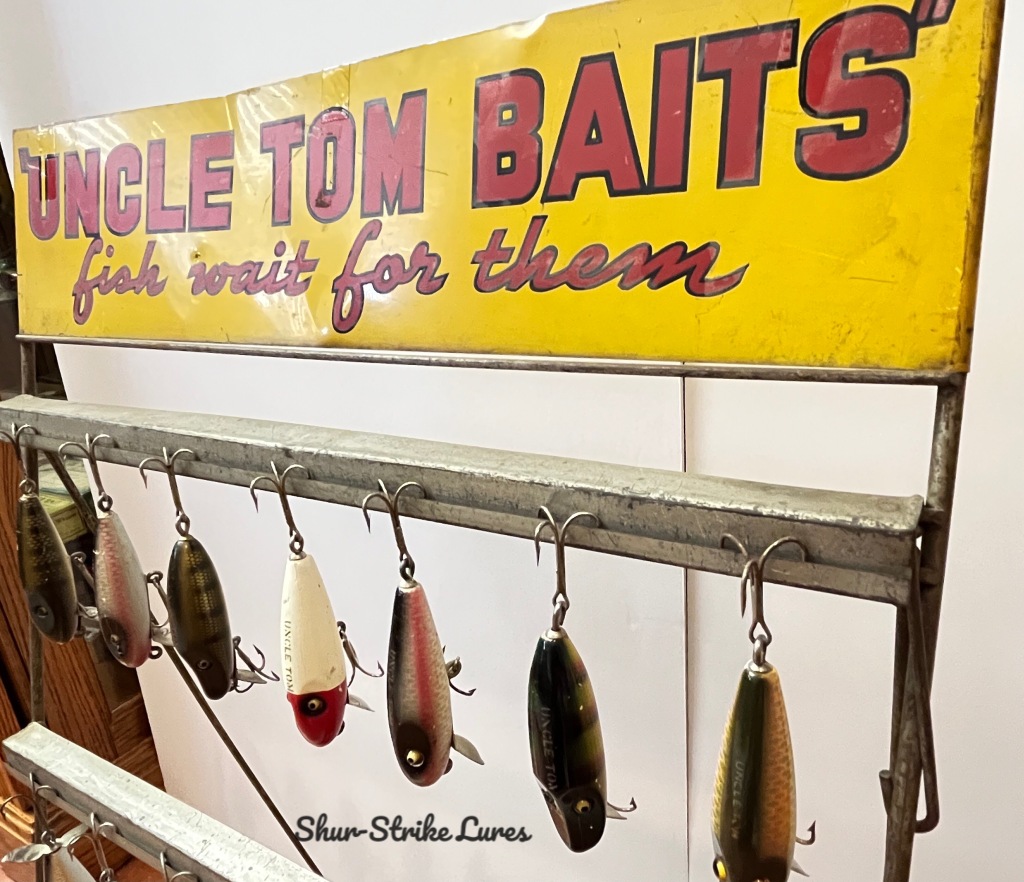

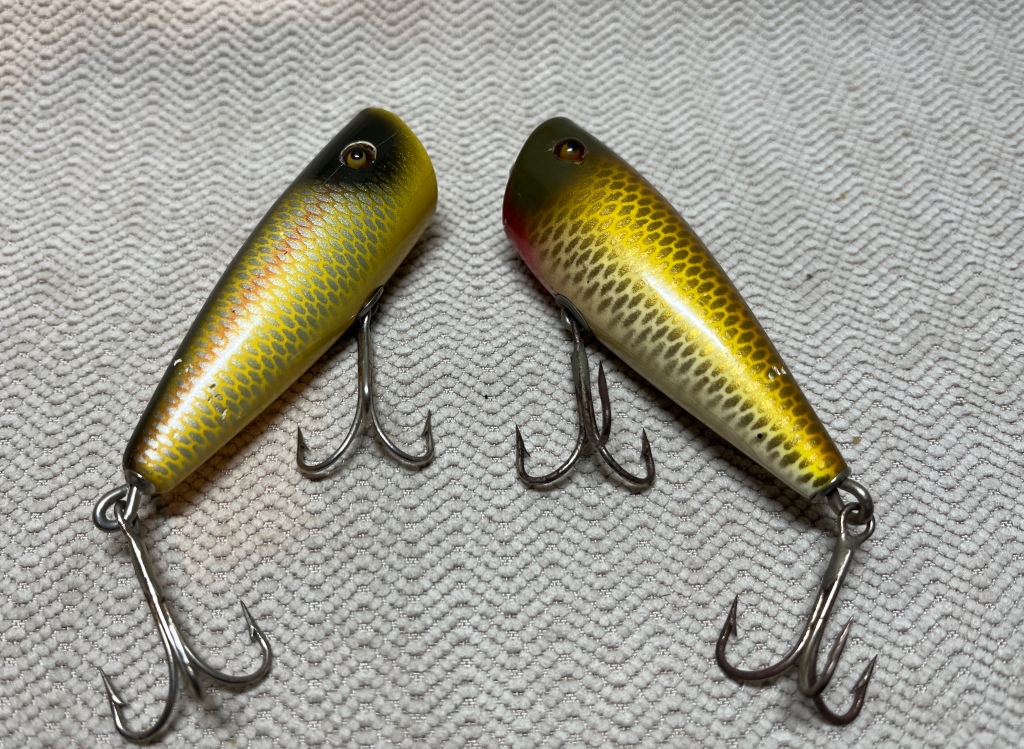
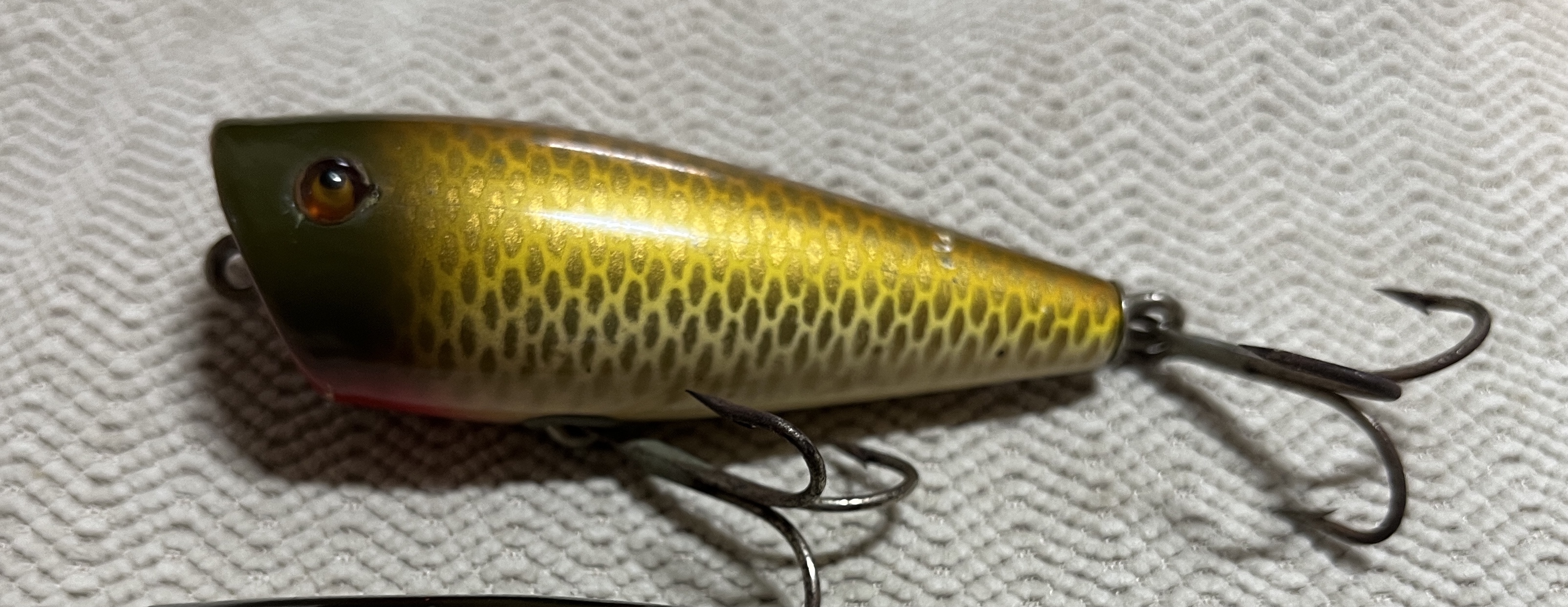
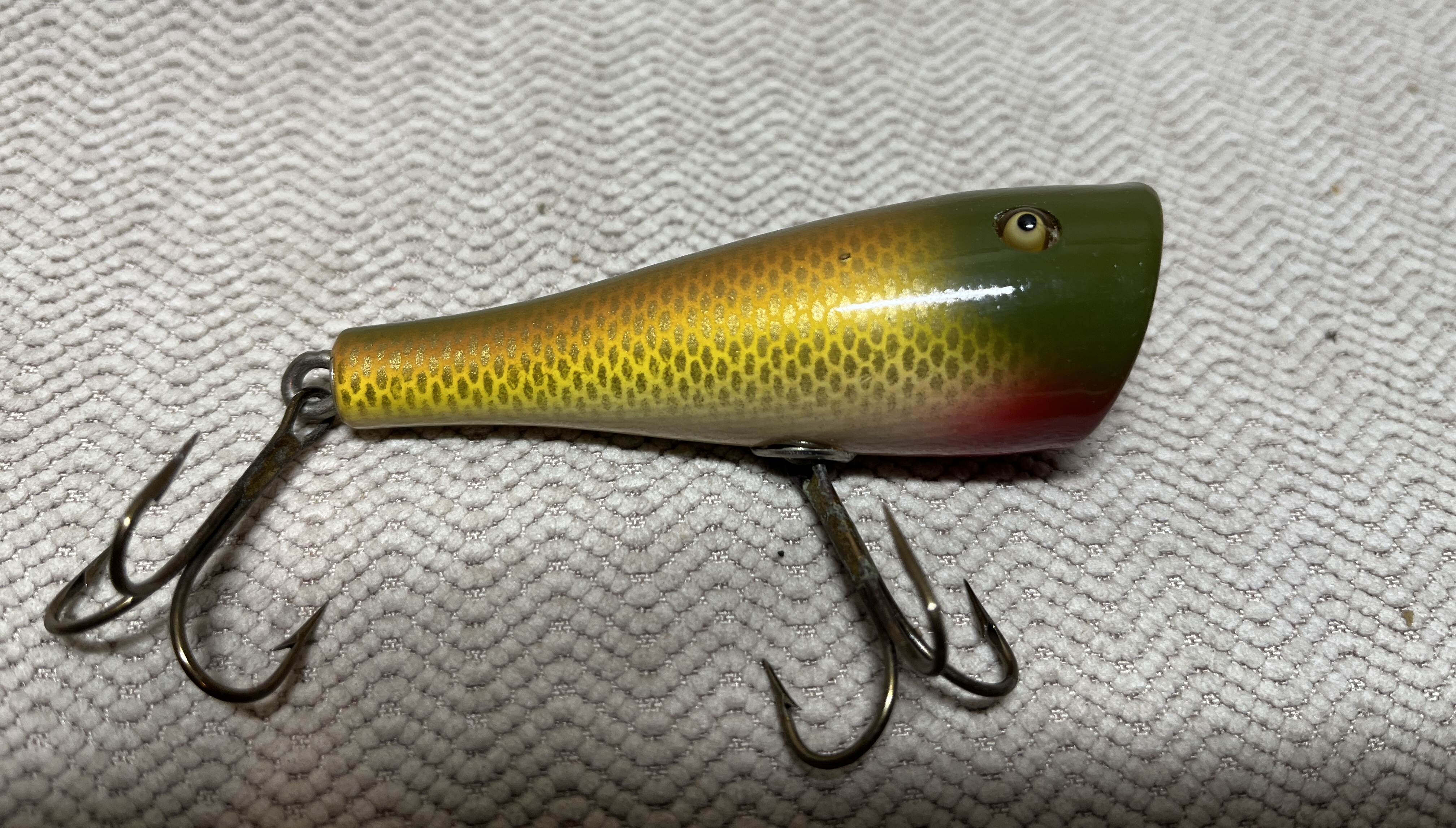
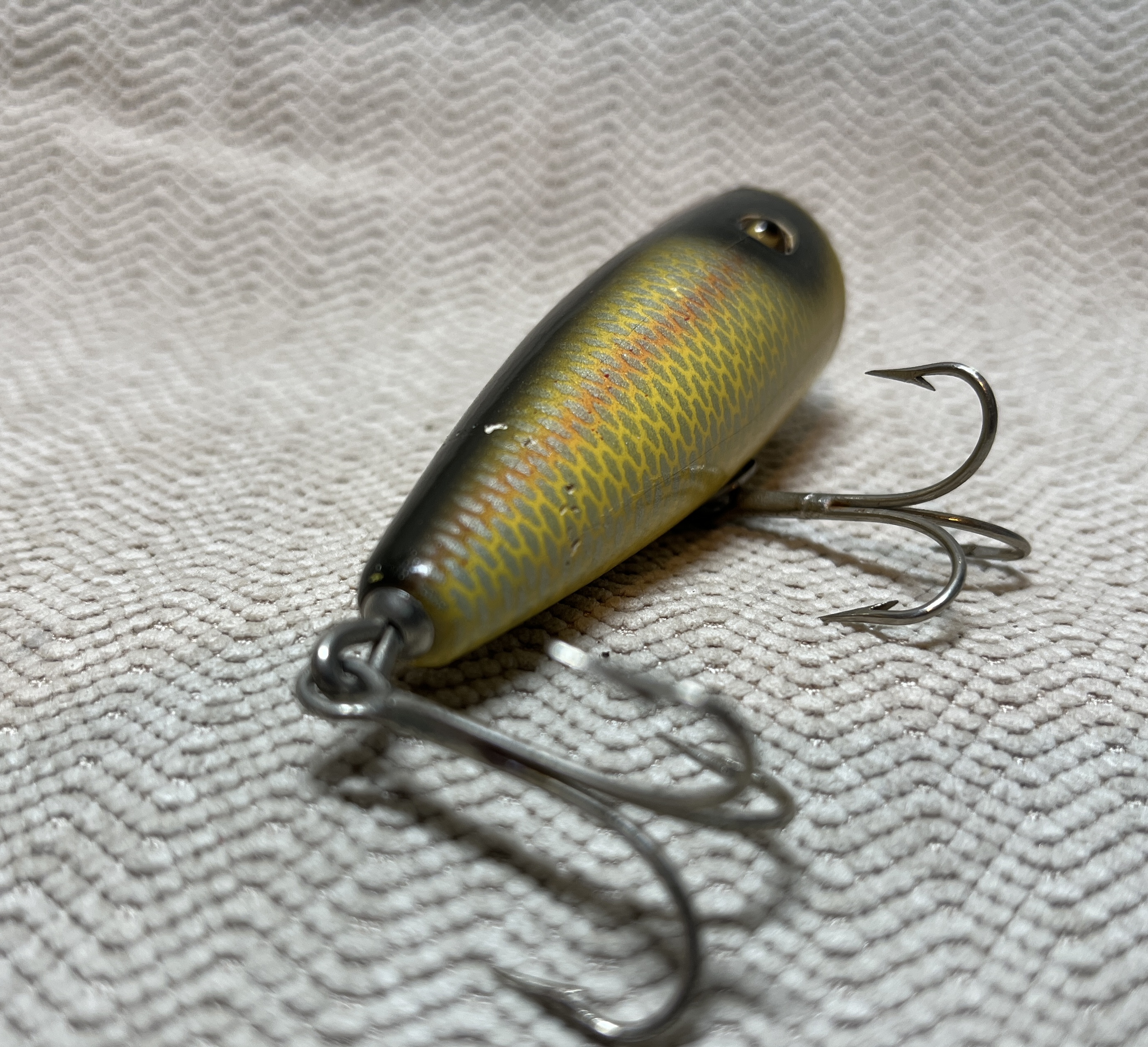
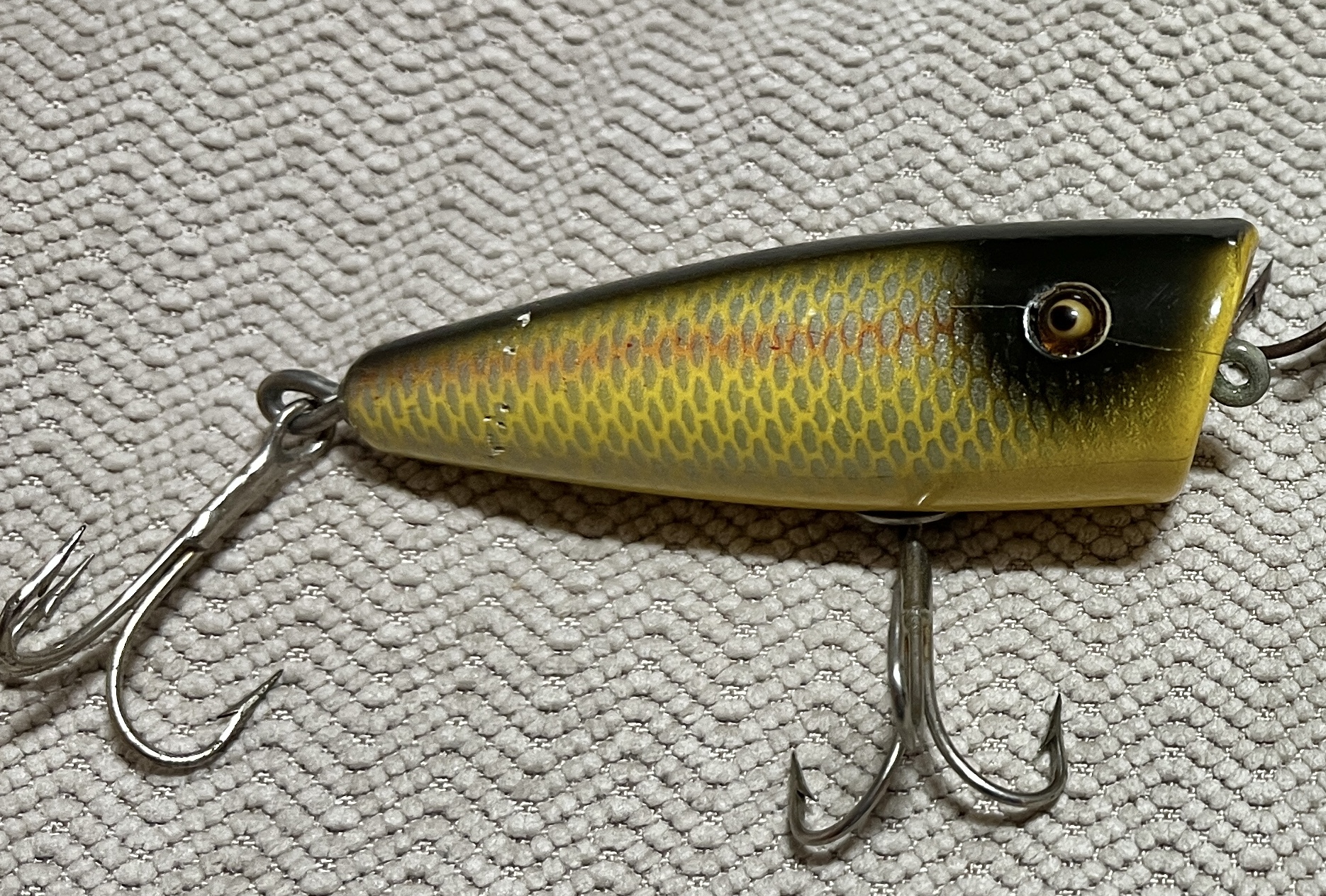
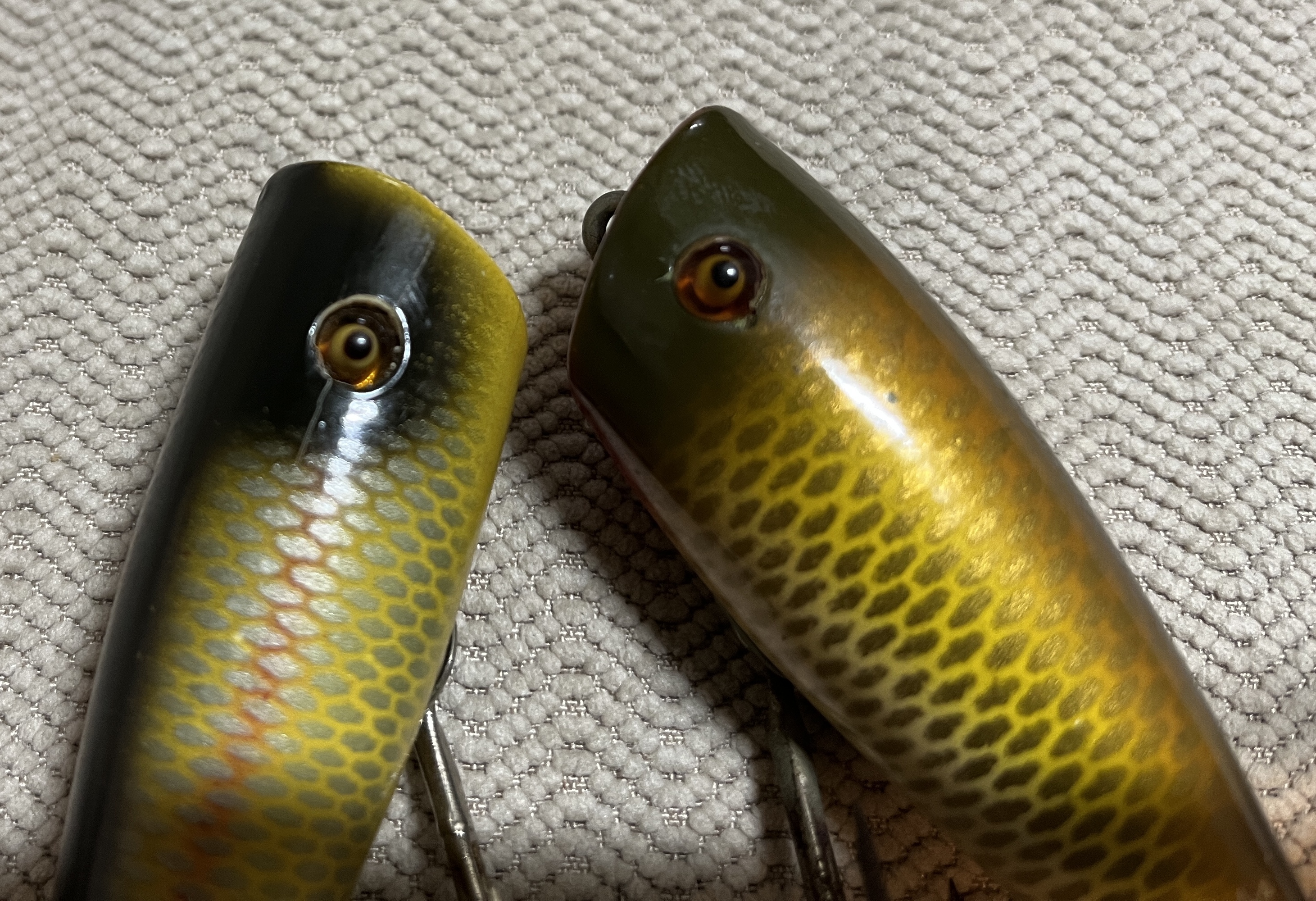
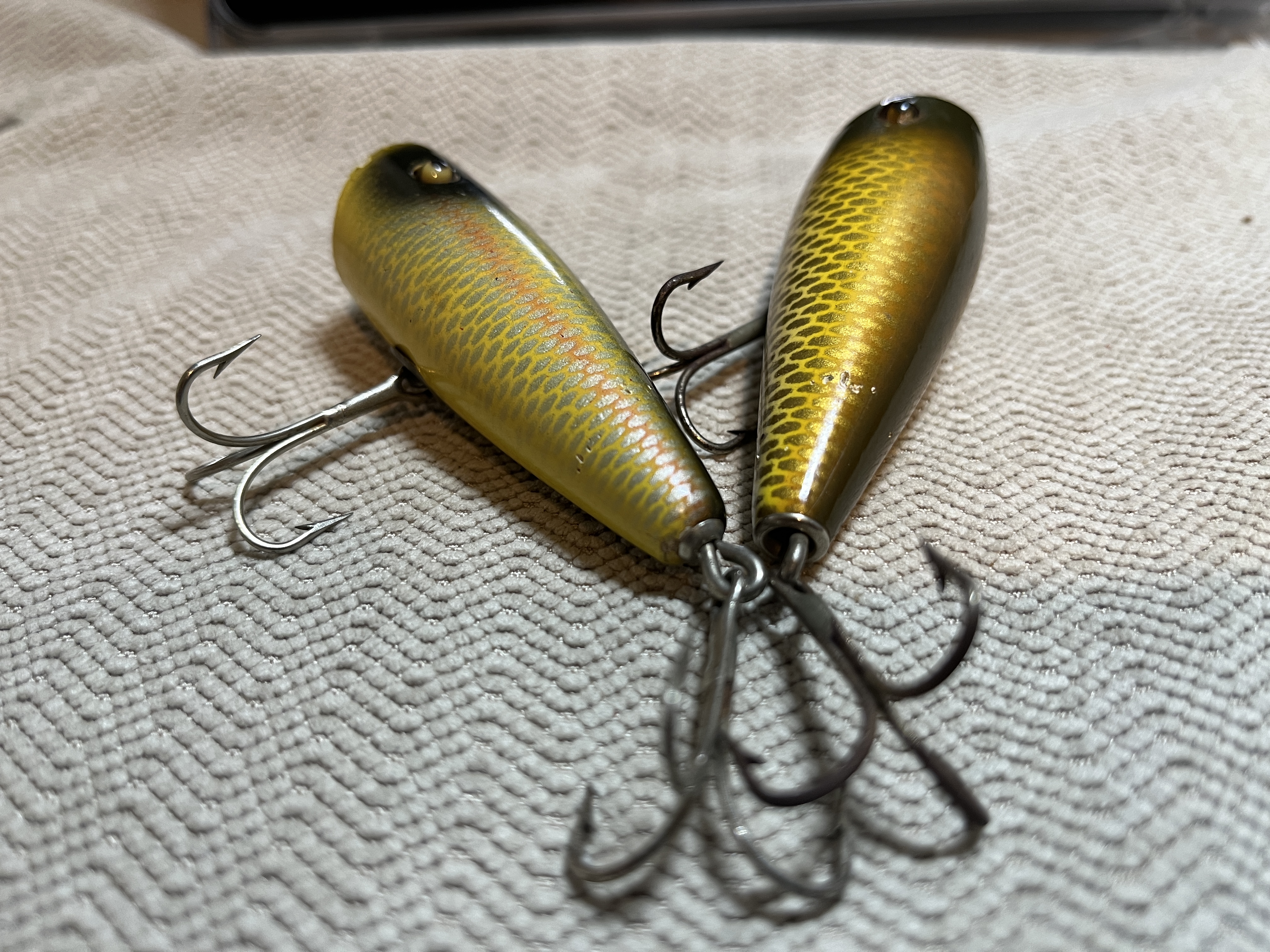
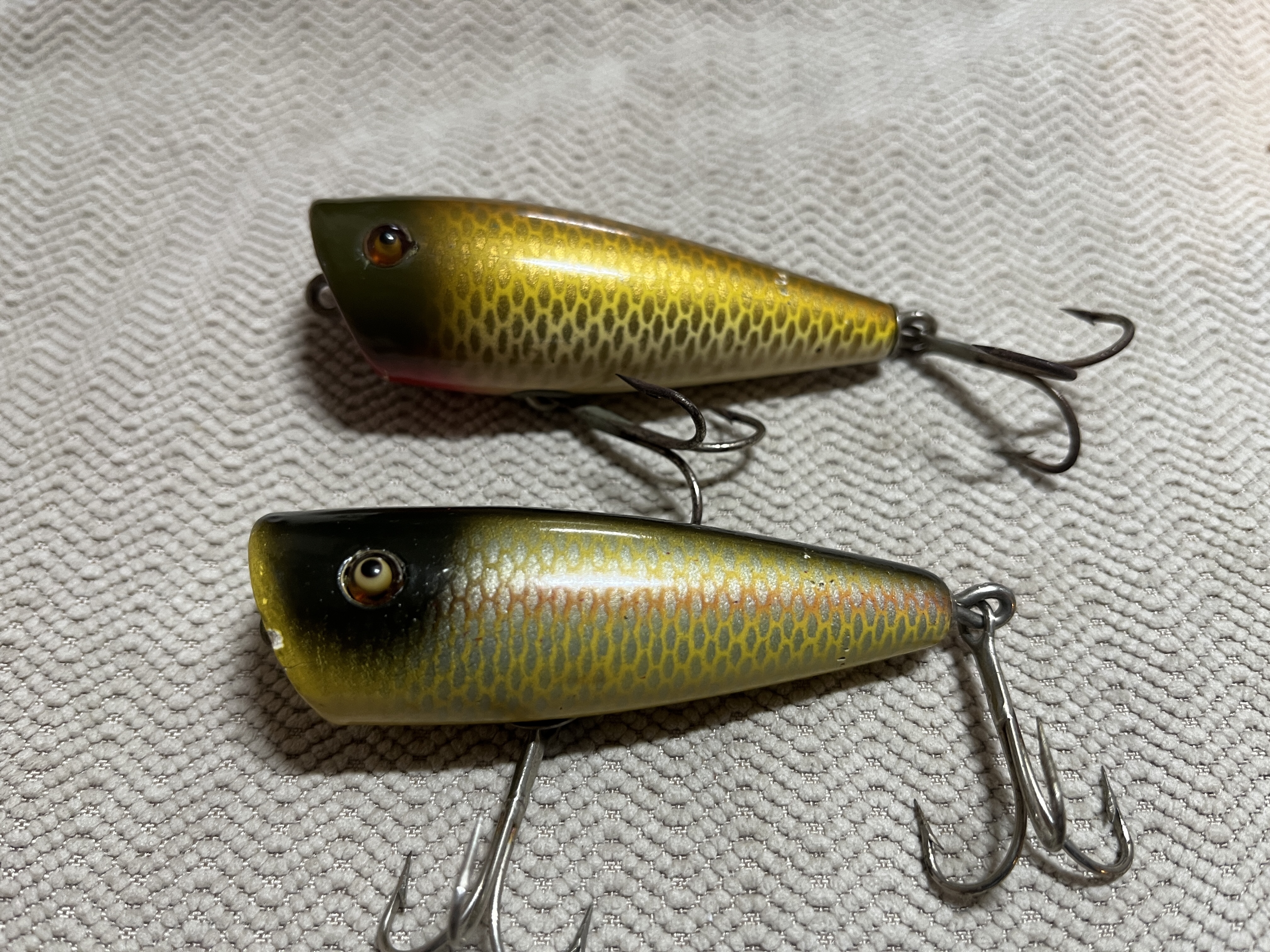
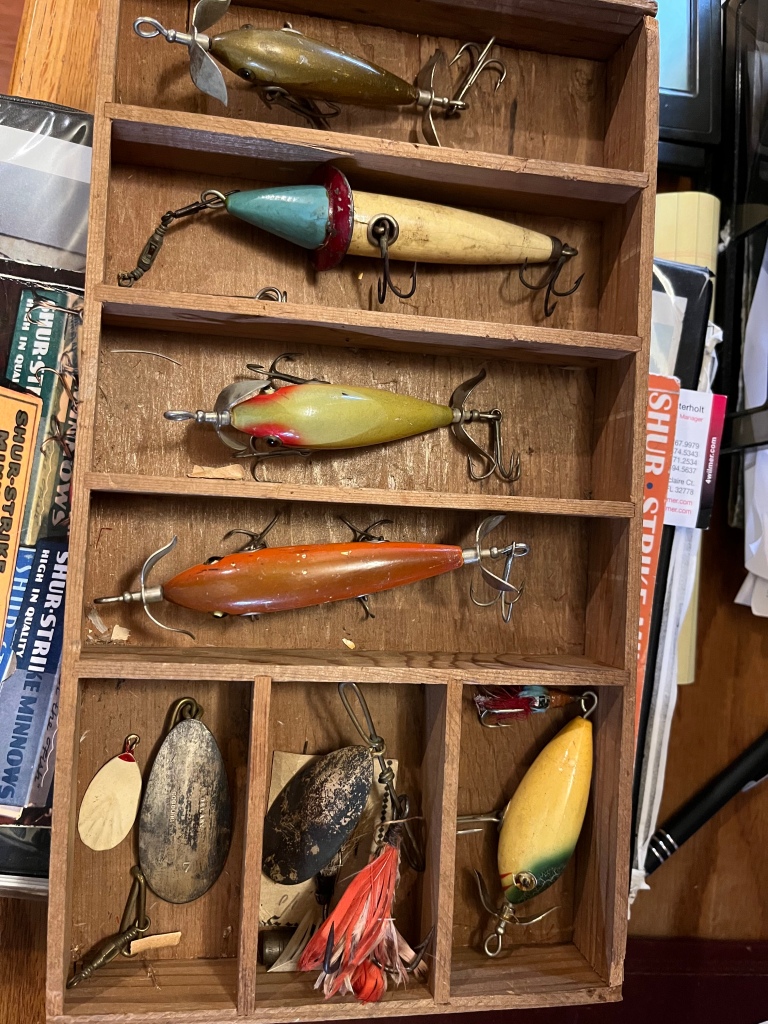
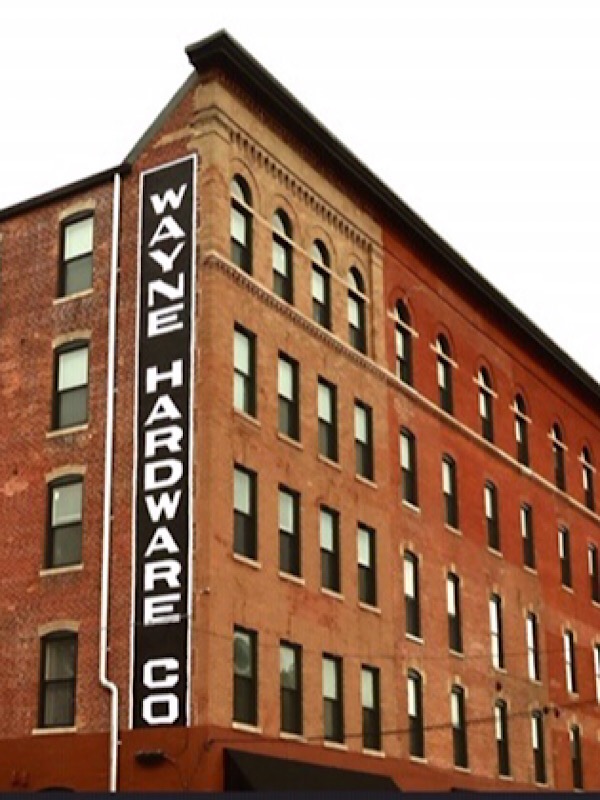
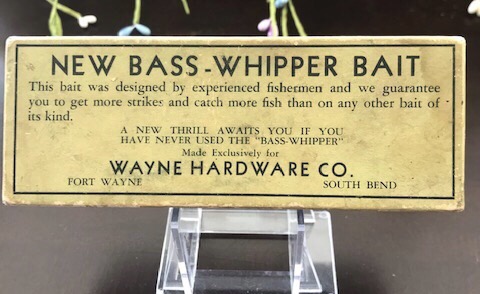

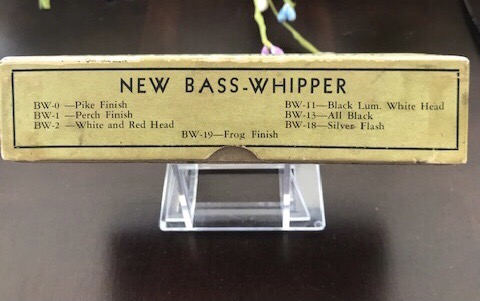
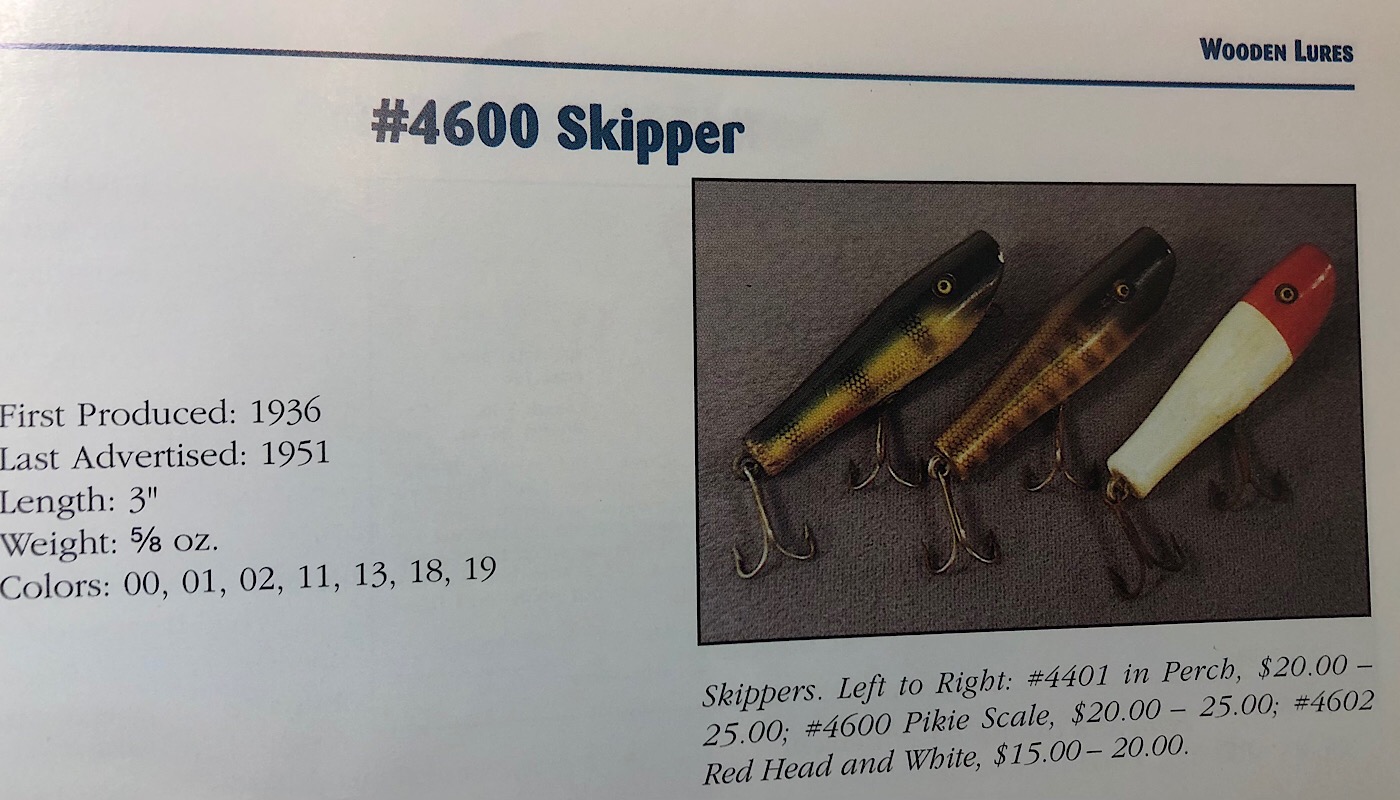
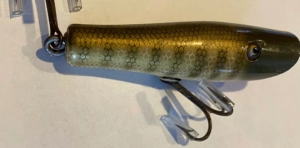
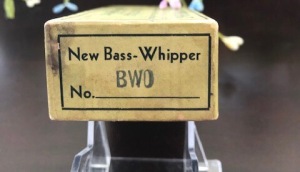
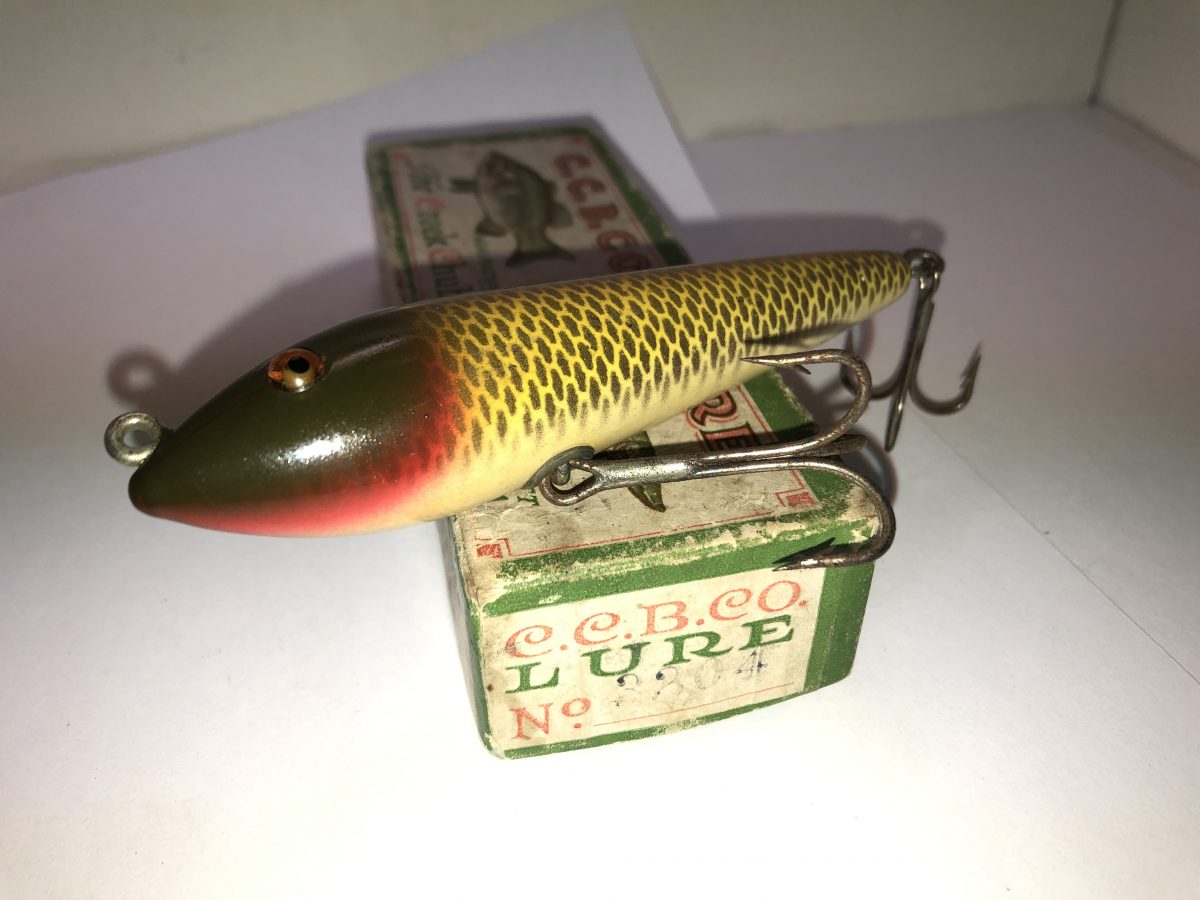
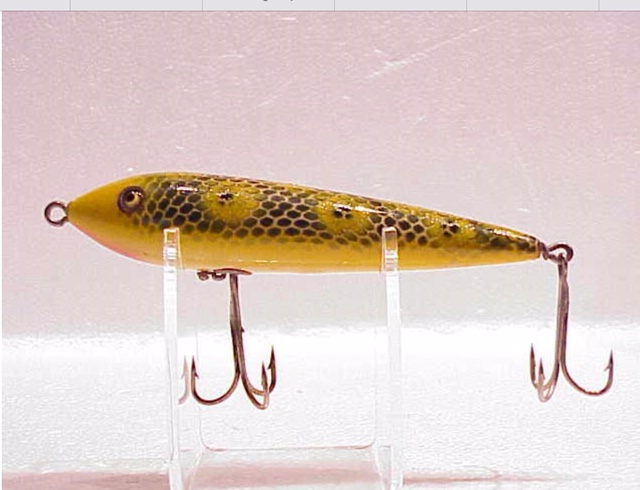 Heddon Zaragossa
Heddon Zaragossa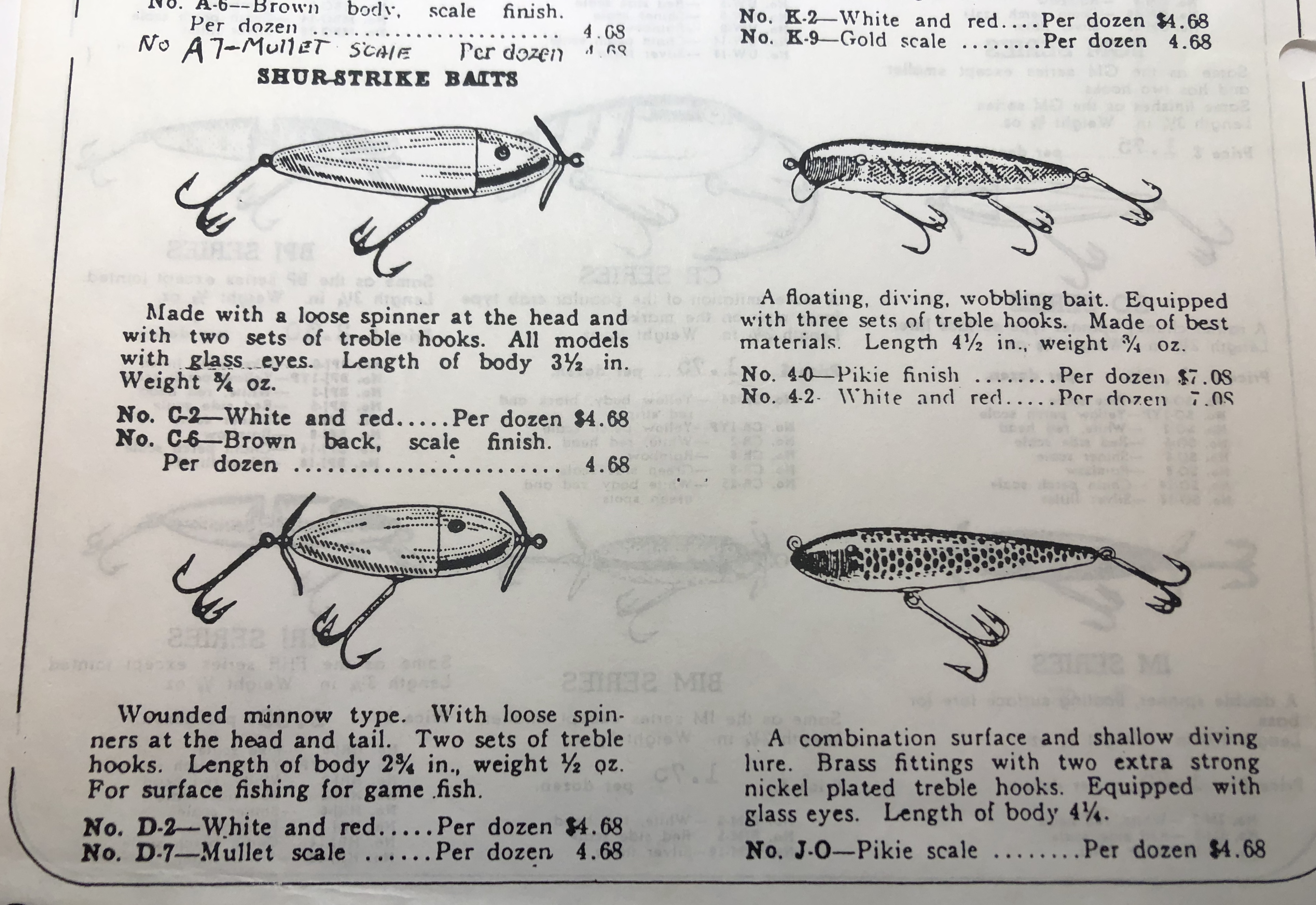
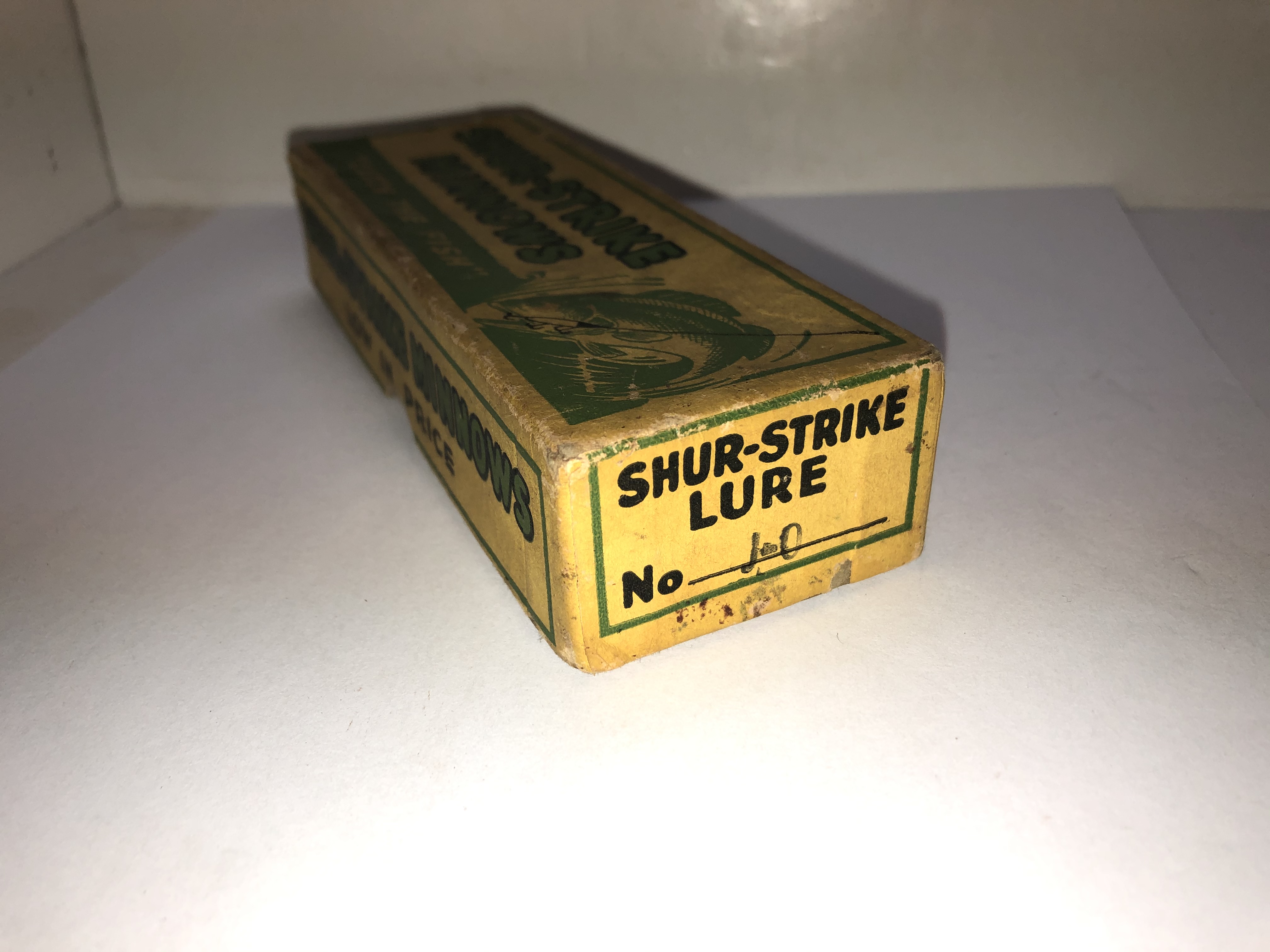 Shur-strike J-0 box
Shur-strike J-0 box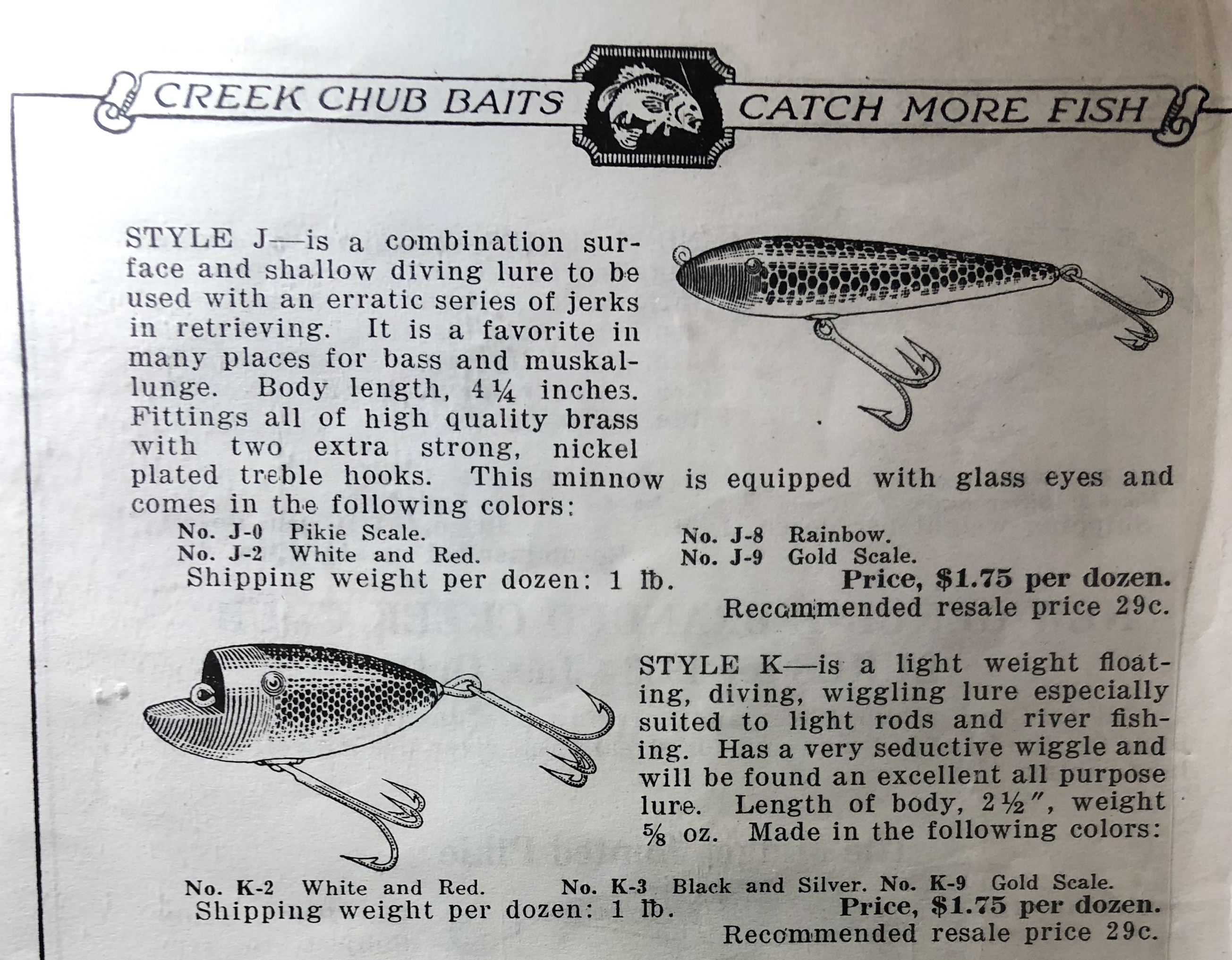
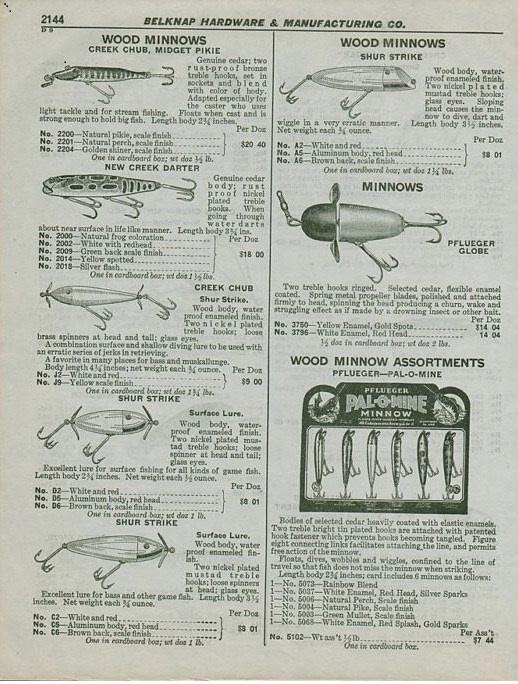

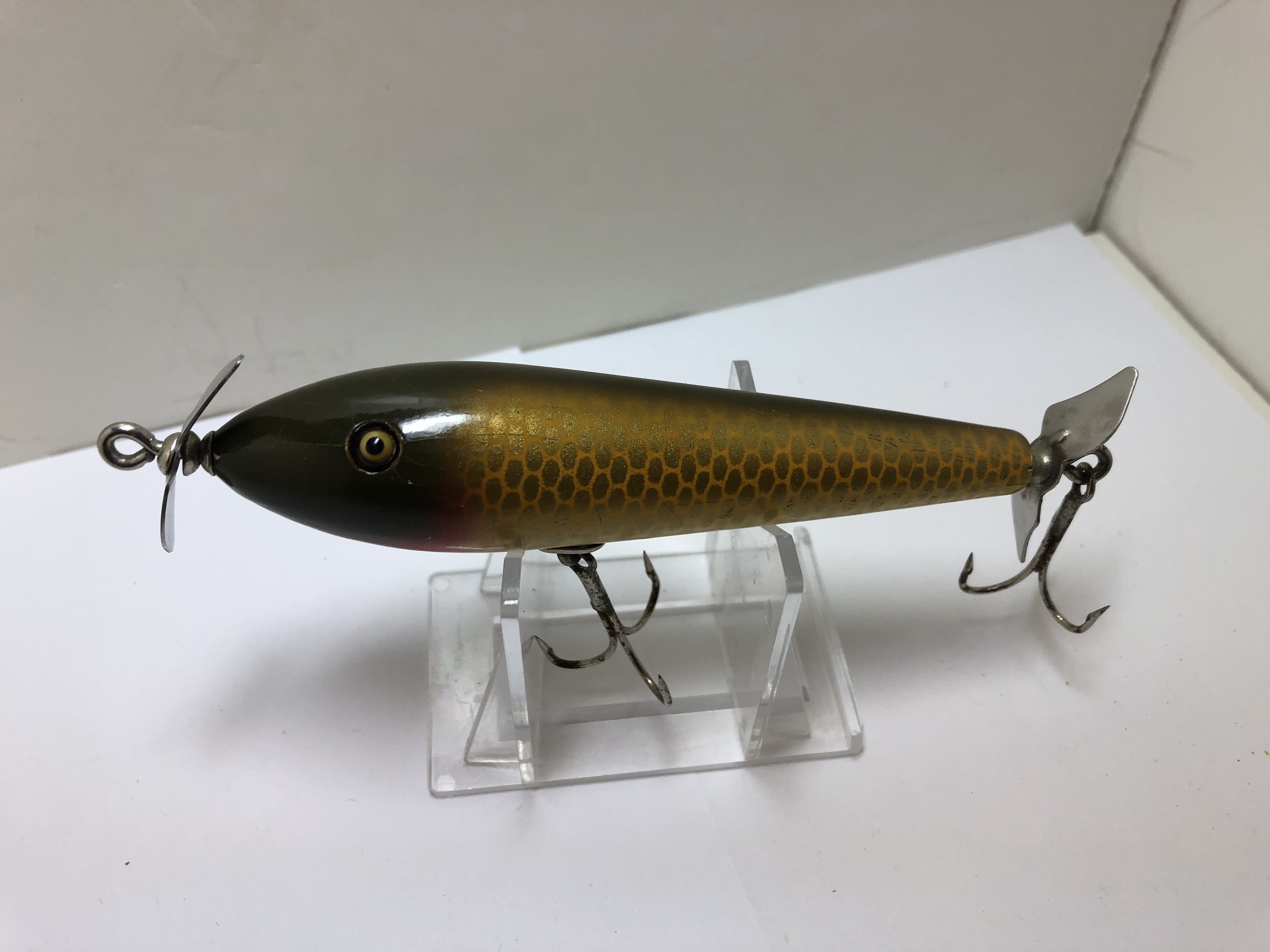 Spinnered Sarasota in golden shiner
Spinnered Sarasota in golden shiner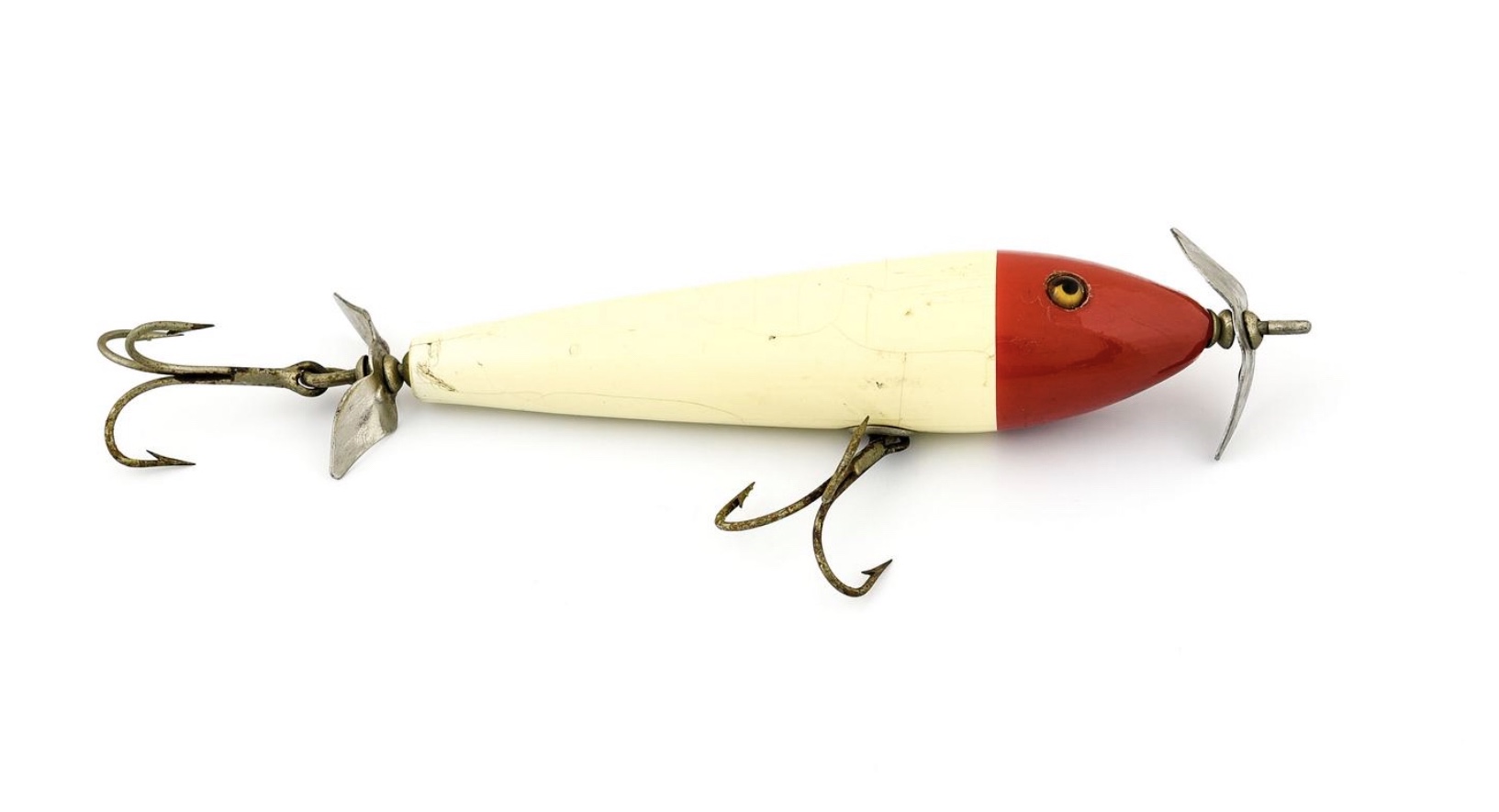
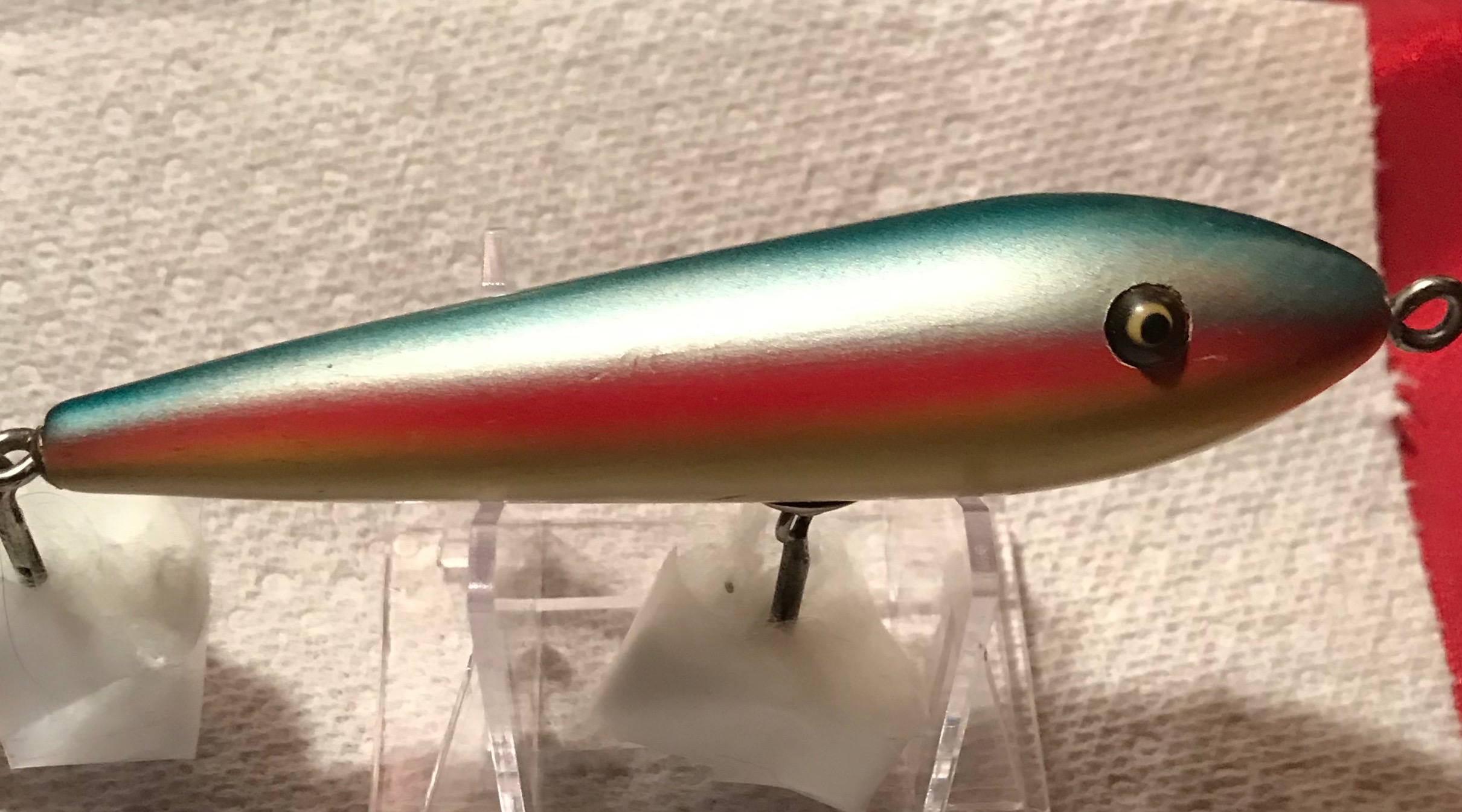 Nose Tie Sarasota, Chris Labuz
Nose Tie Sarasota, Chris Labuz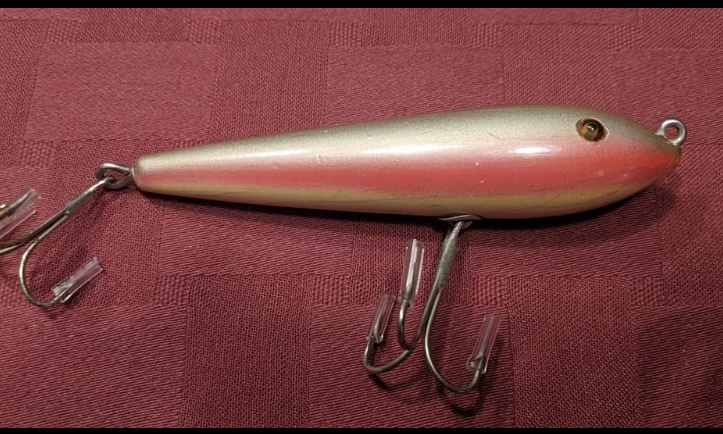 Creek Chub Sarasota, Stuart Strange
Creek Chub Sarasota, Stuart Strange